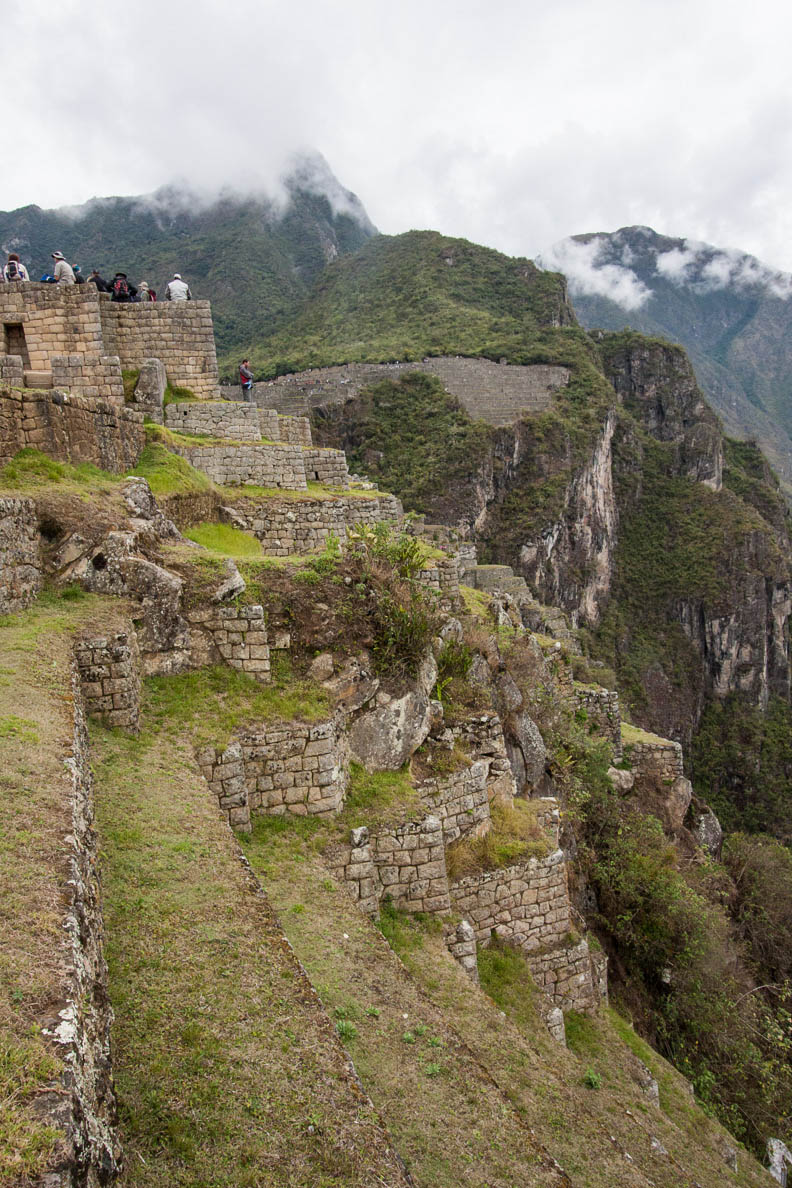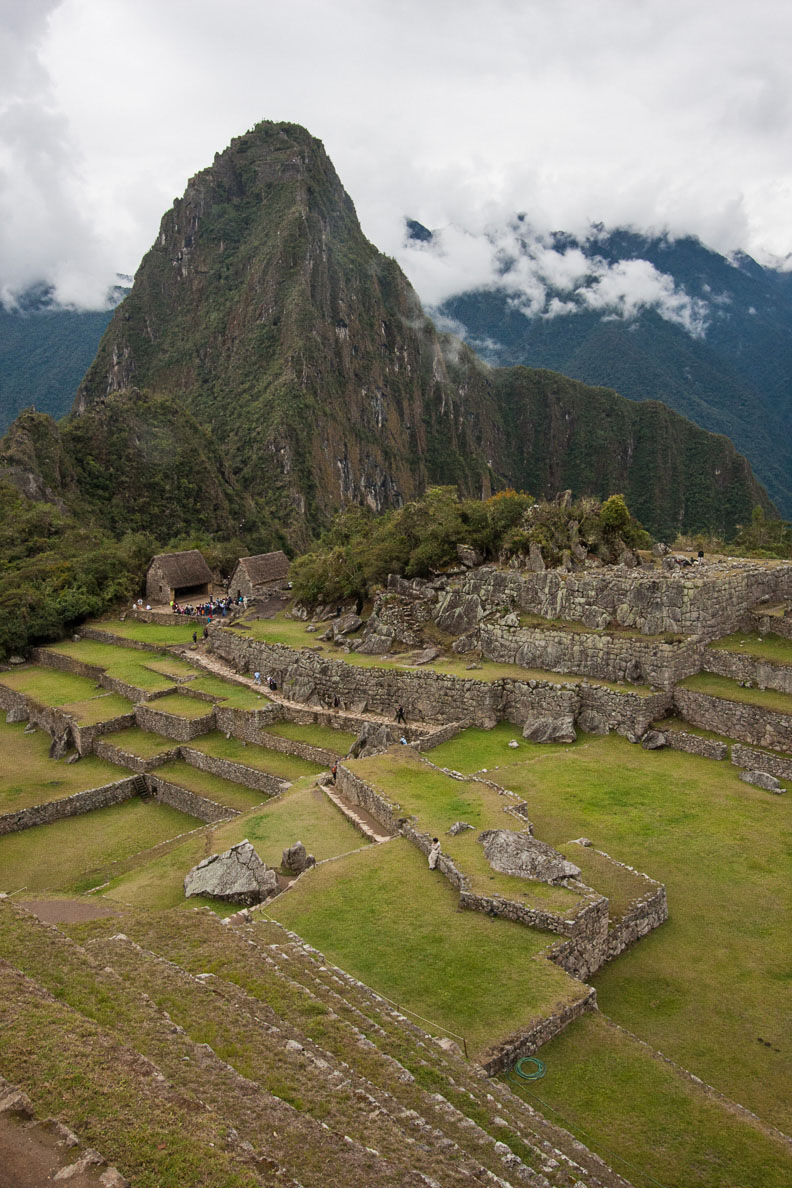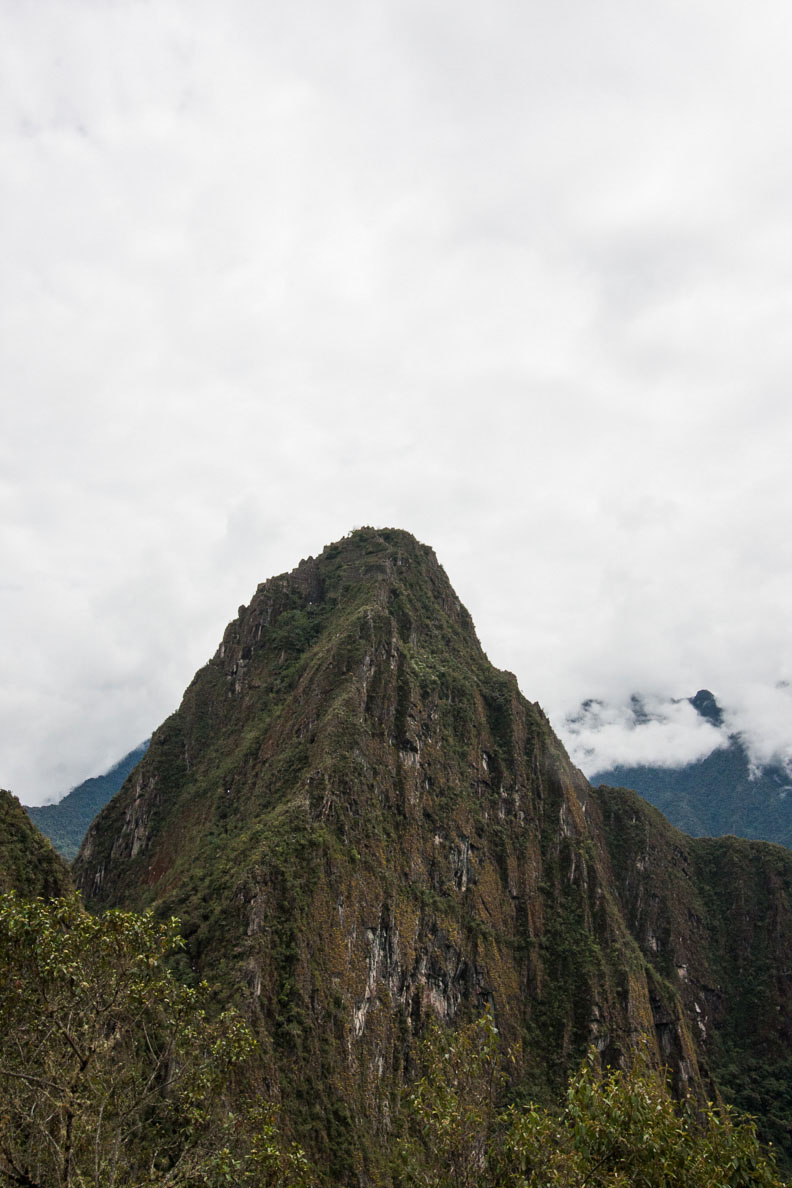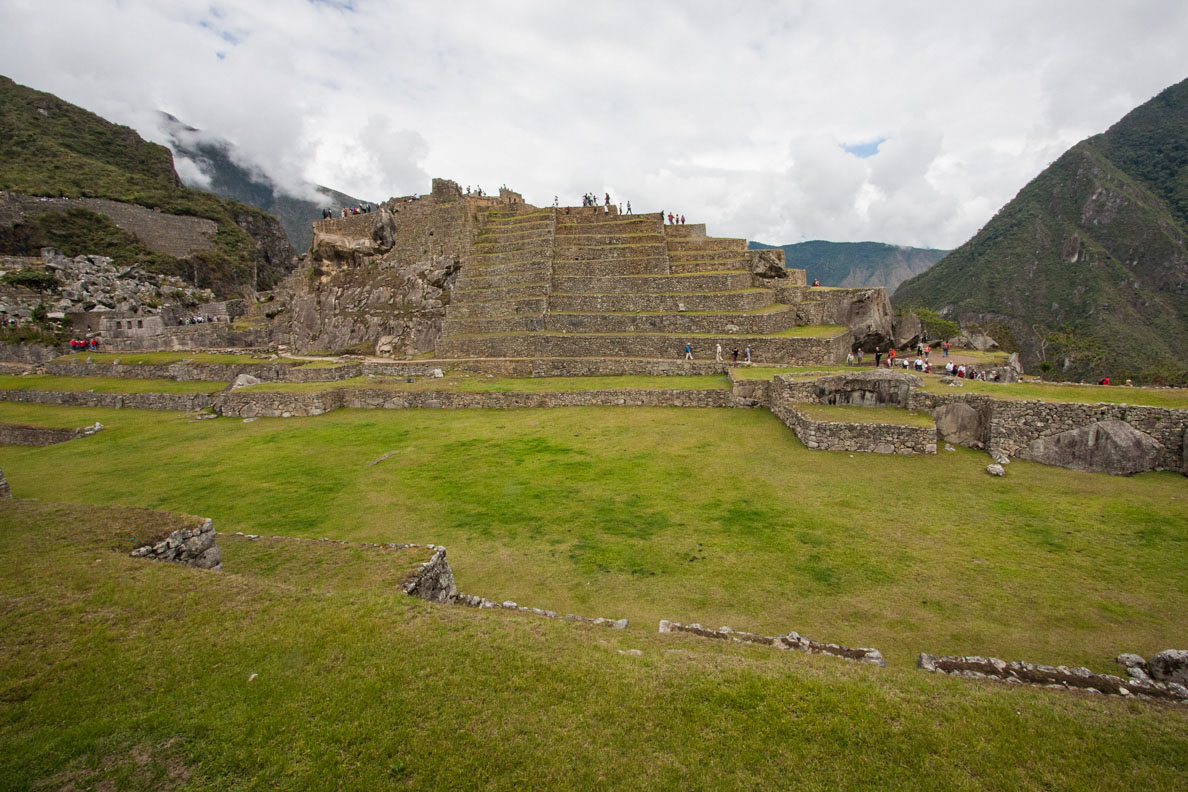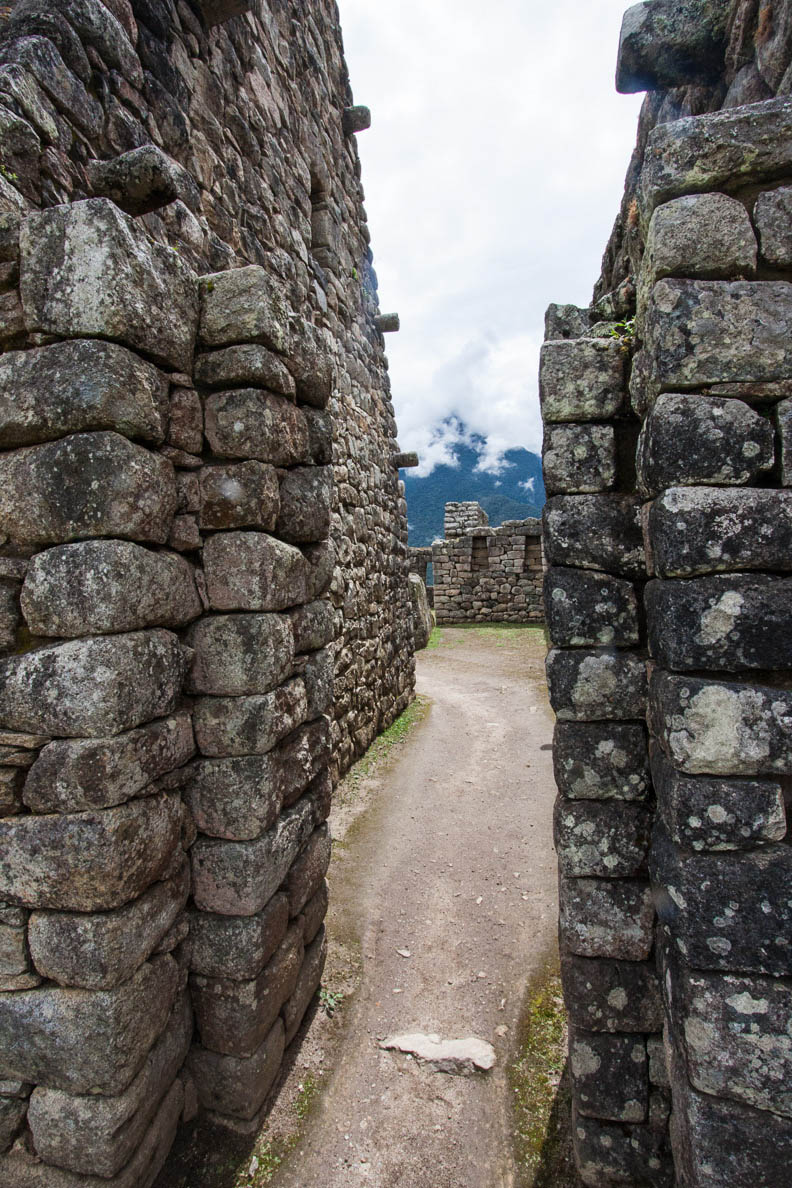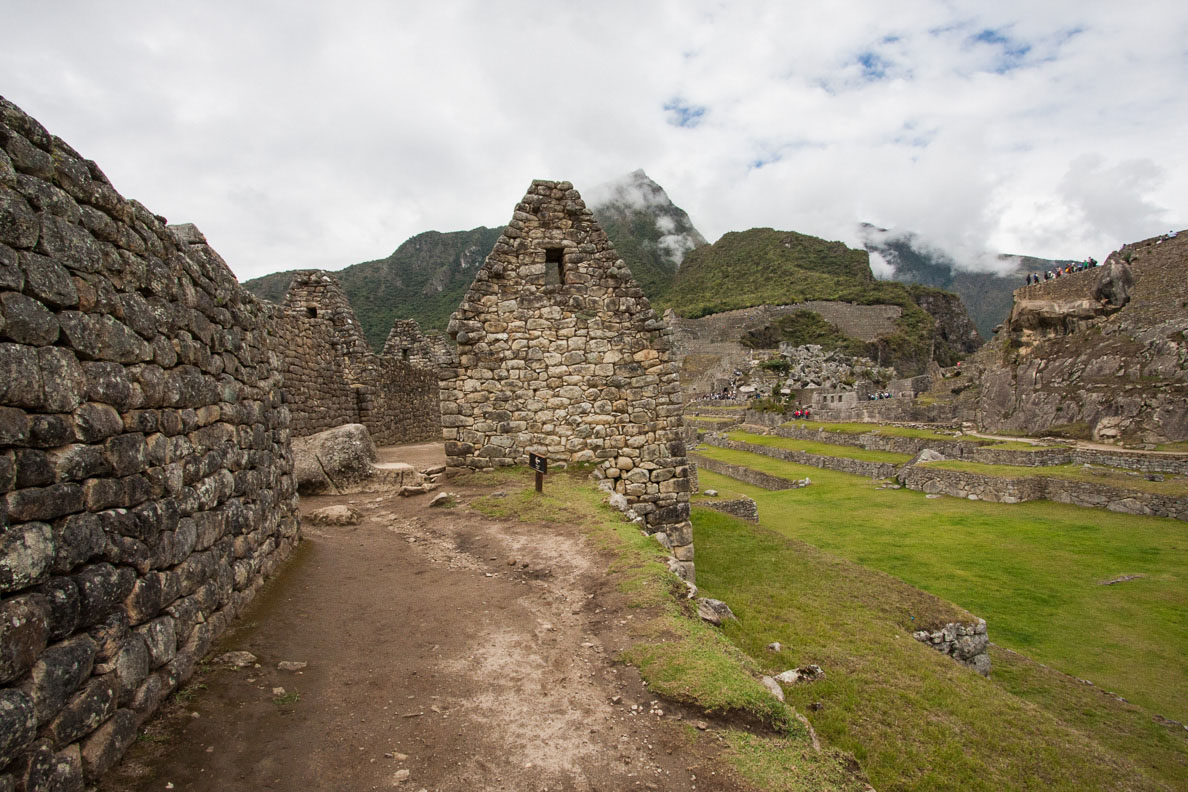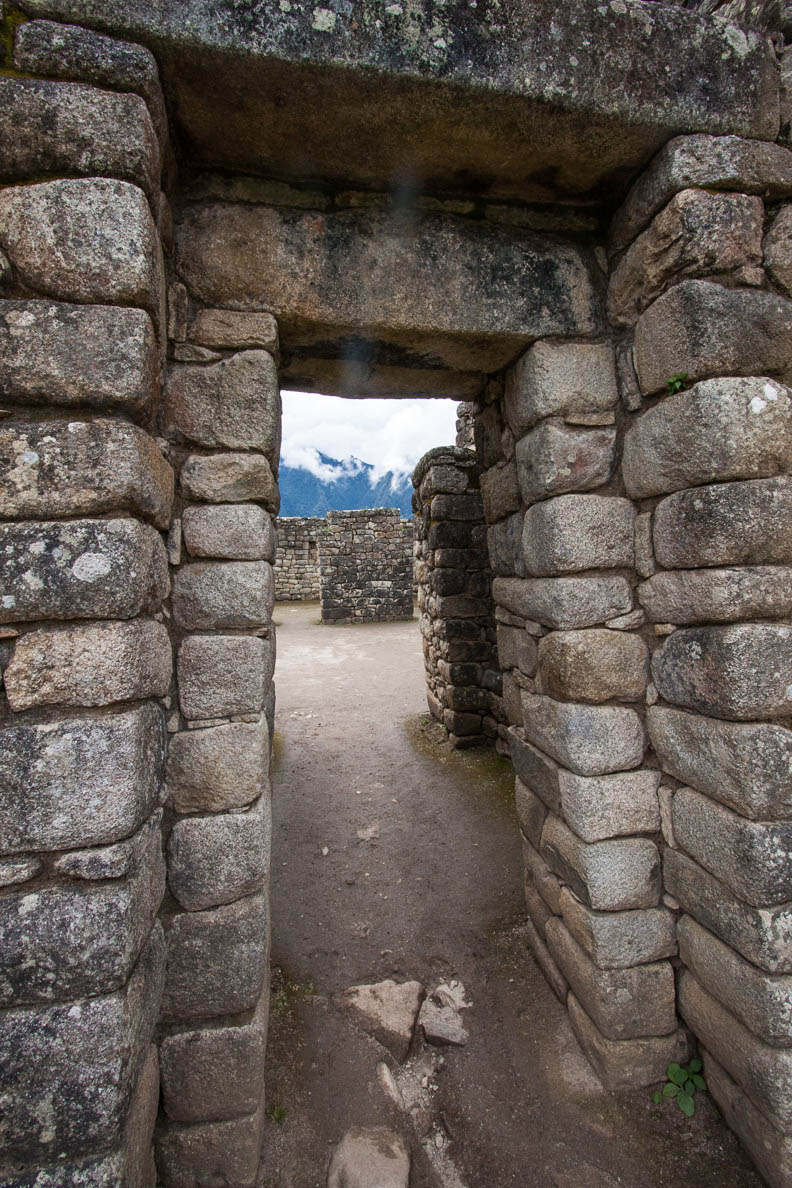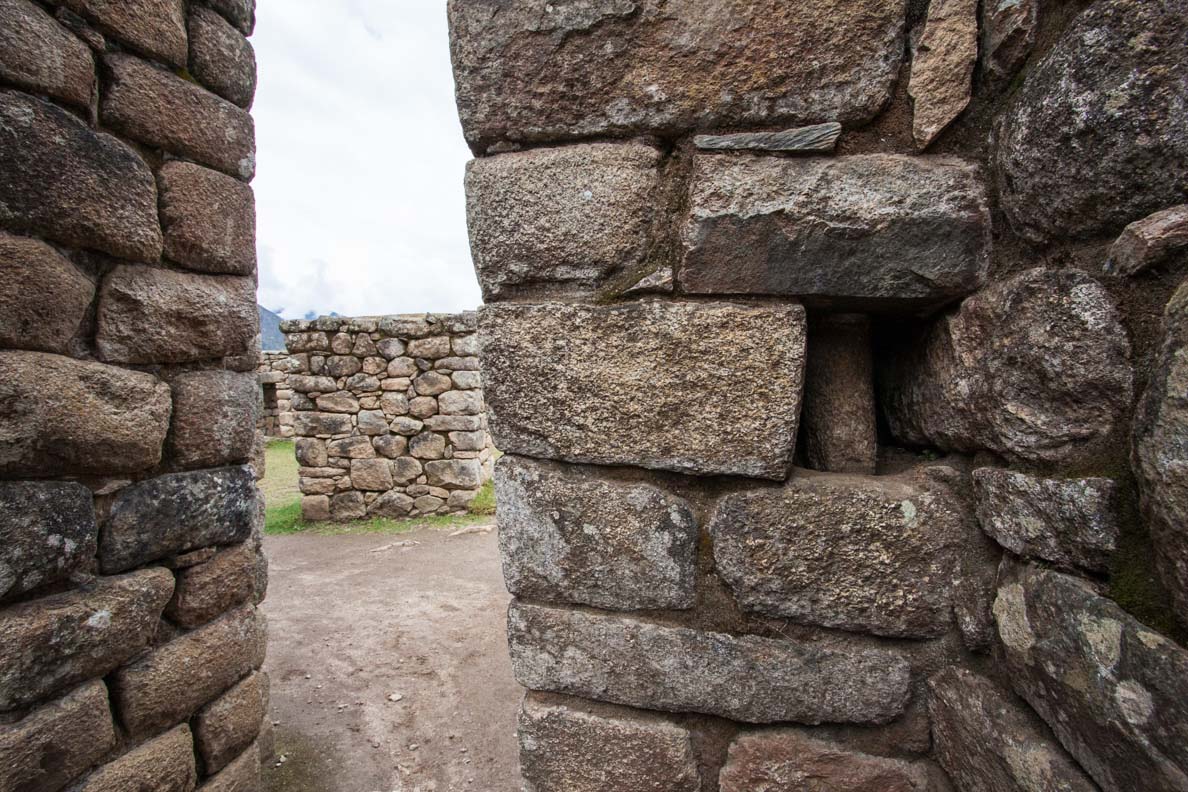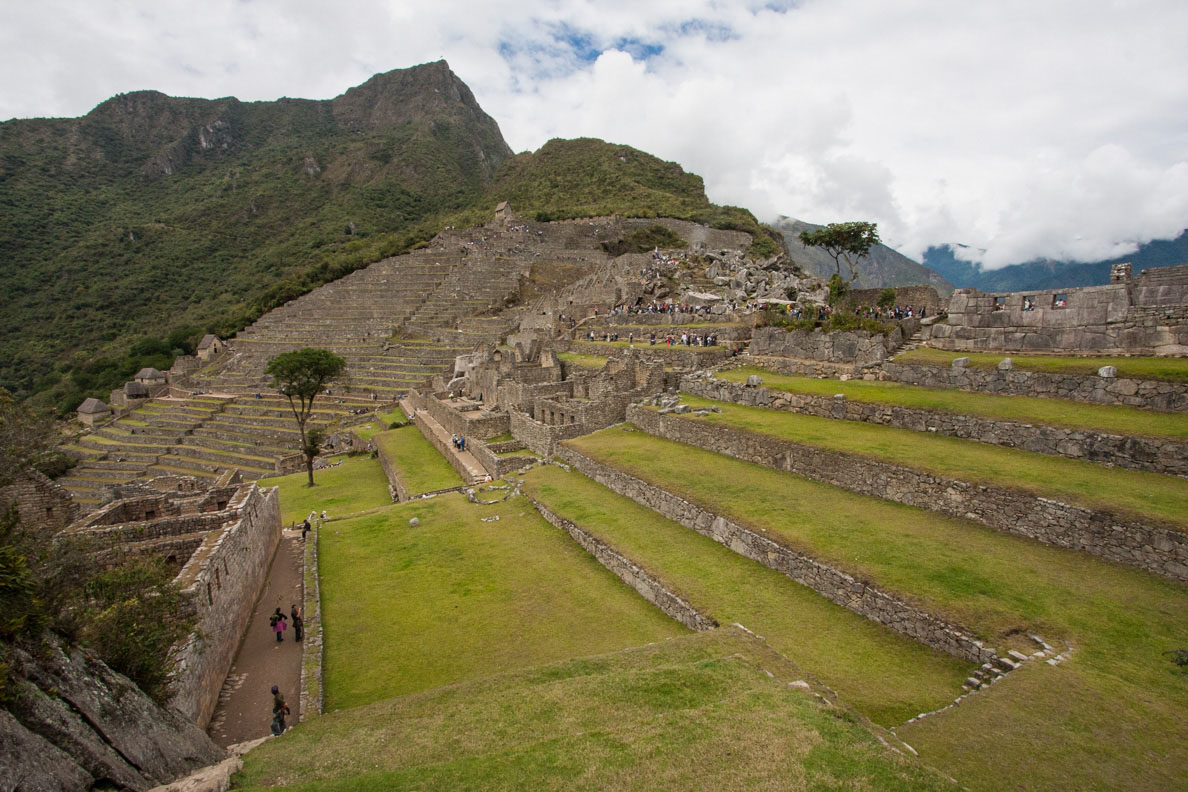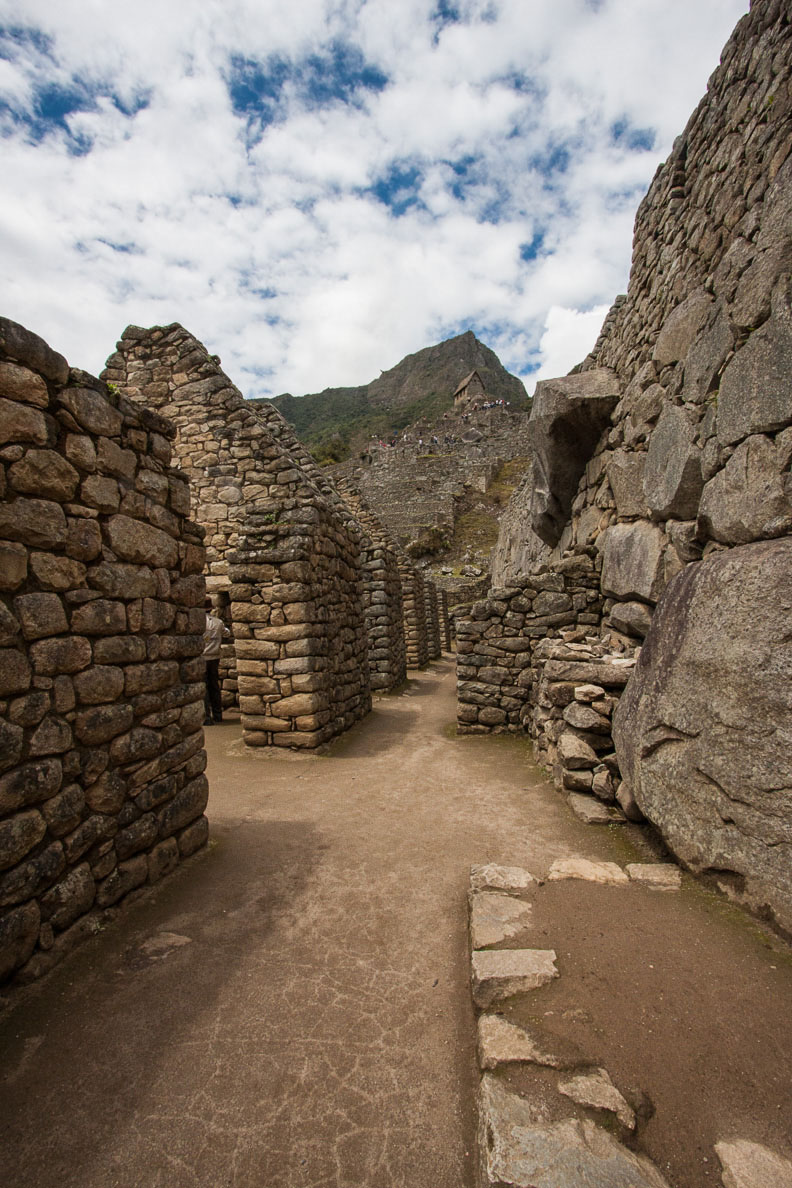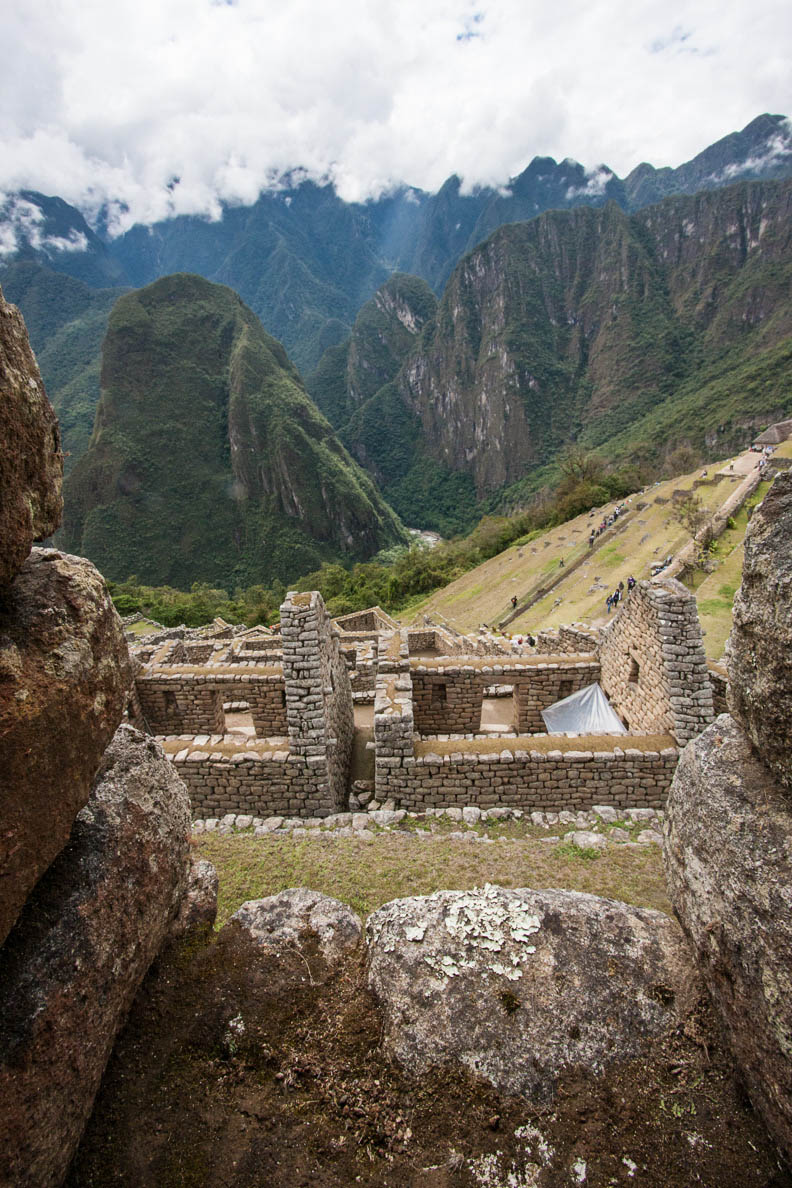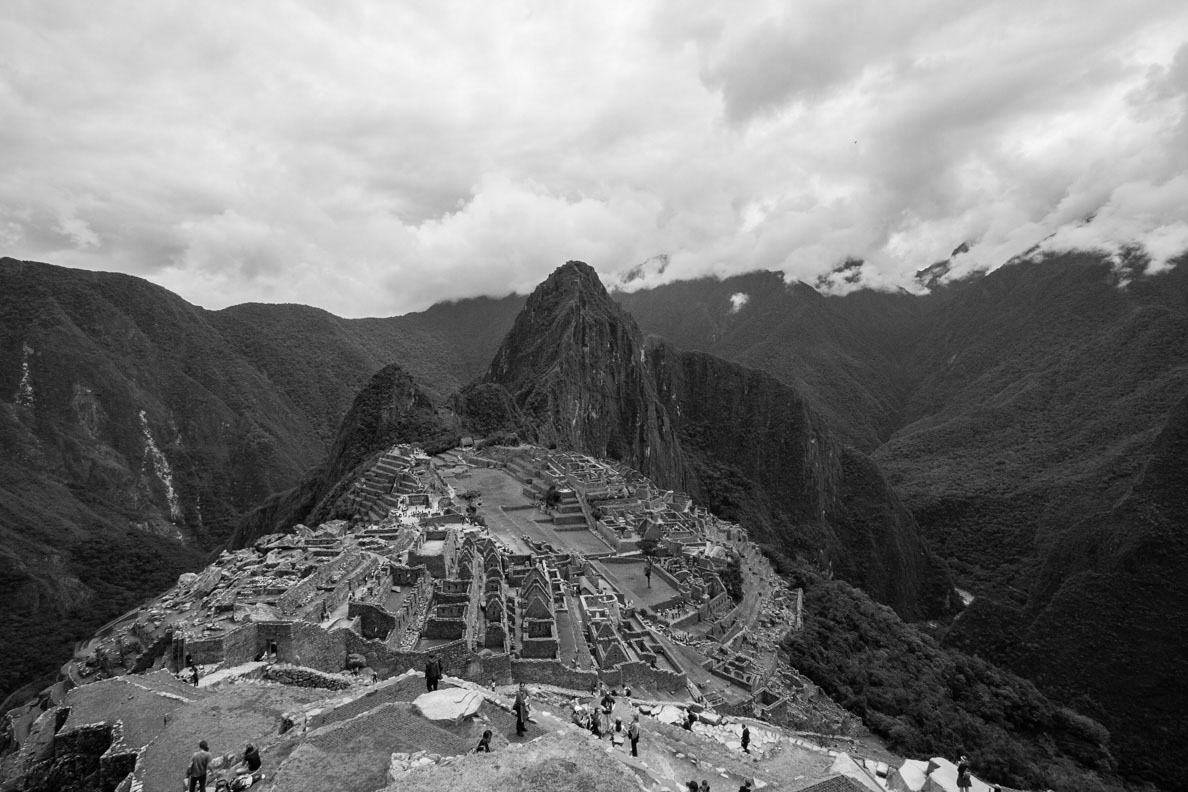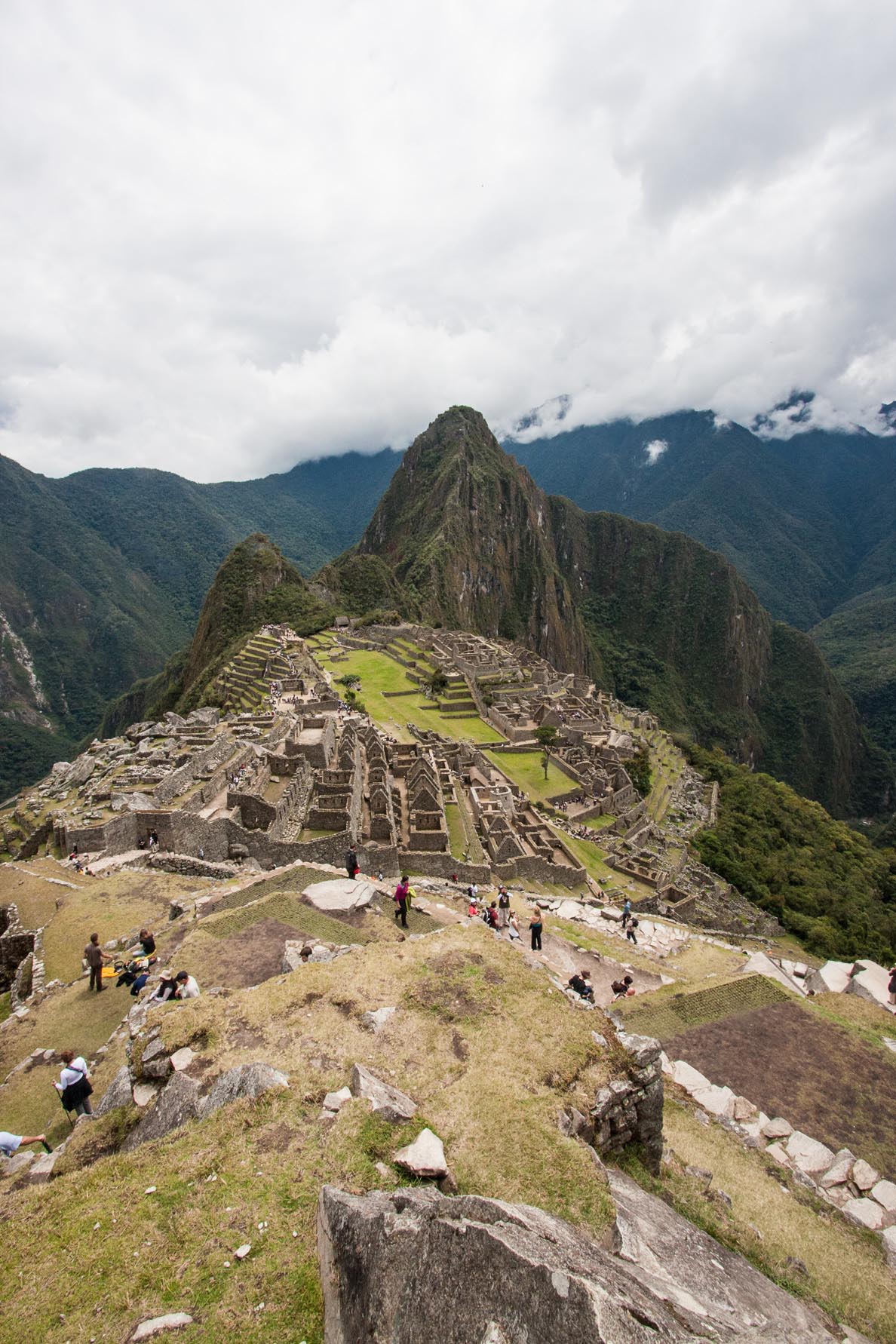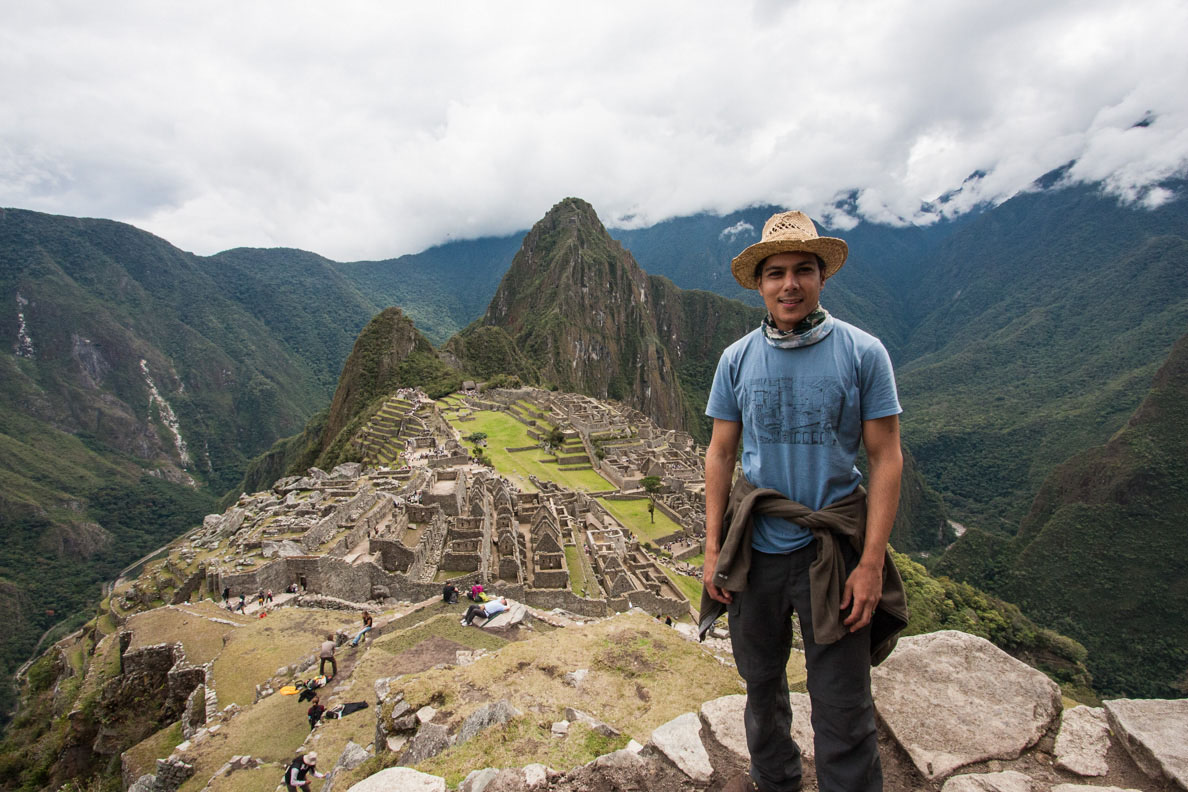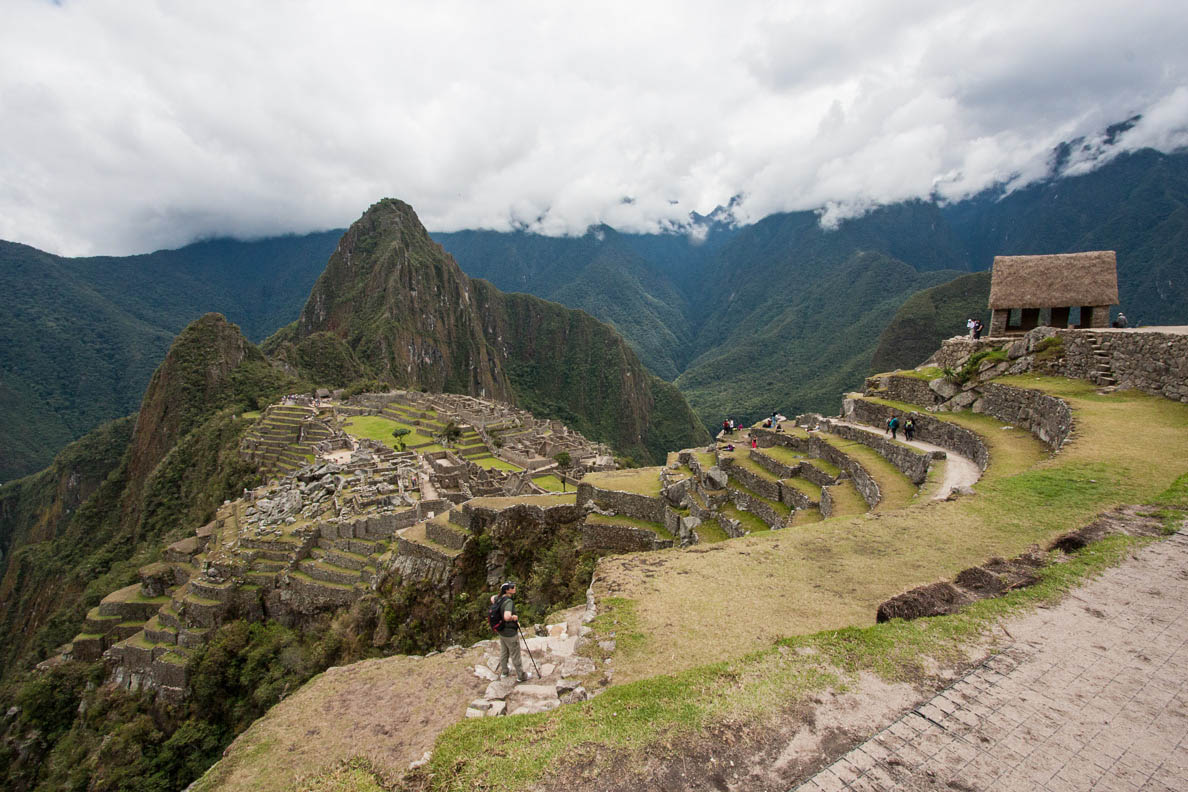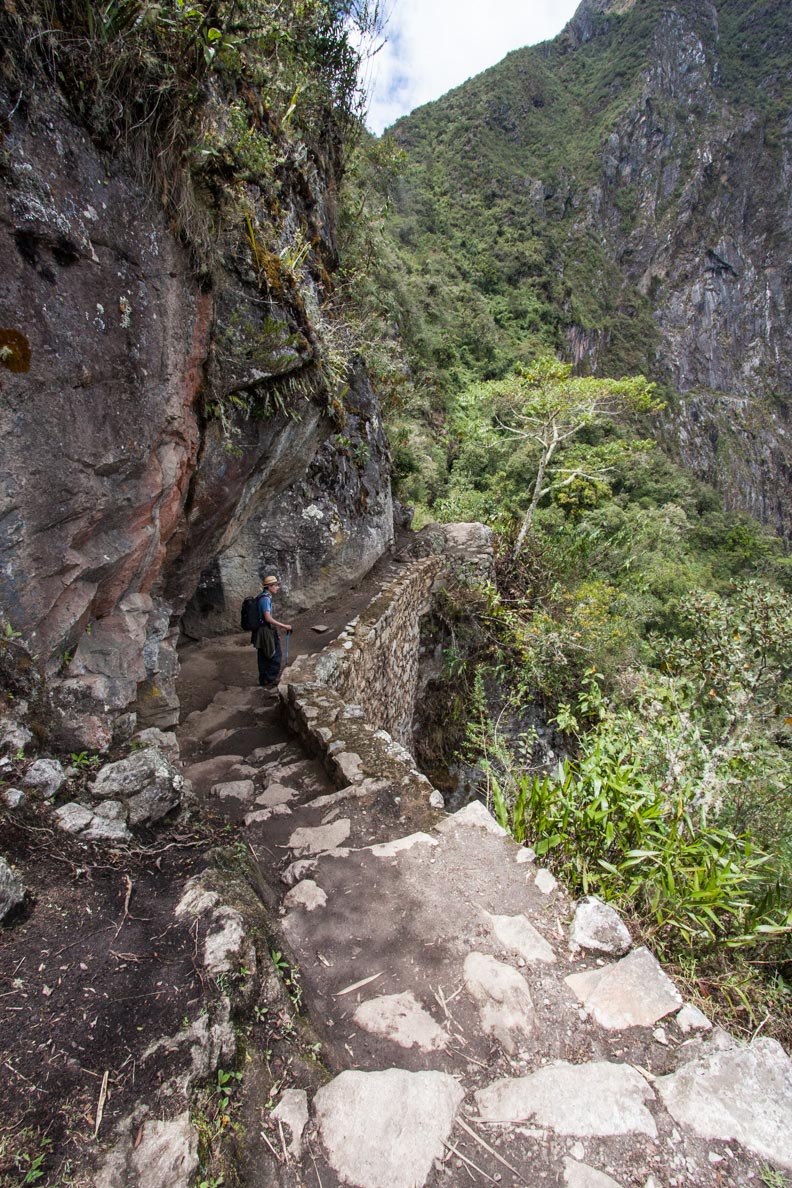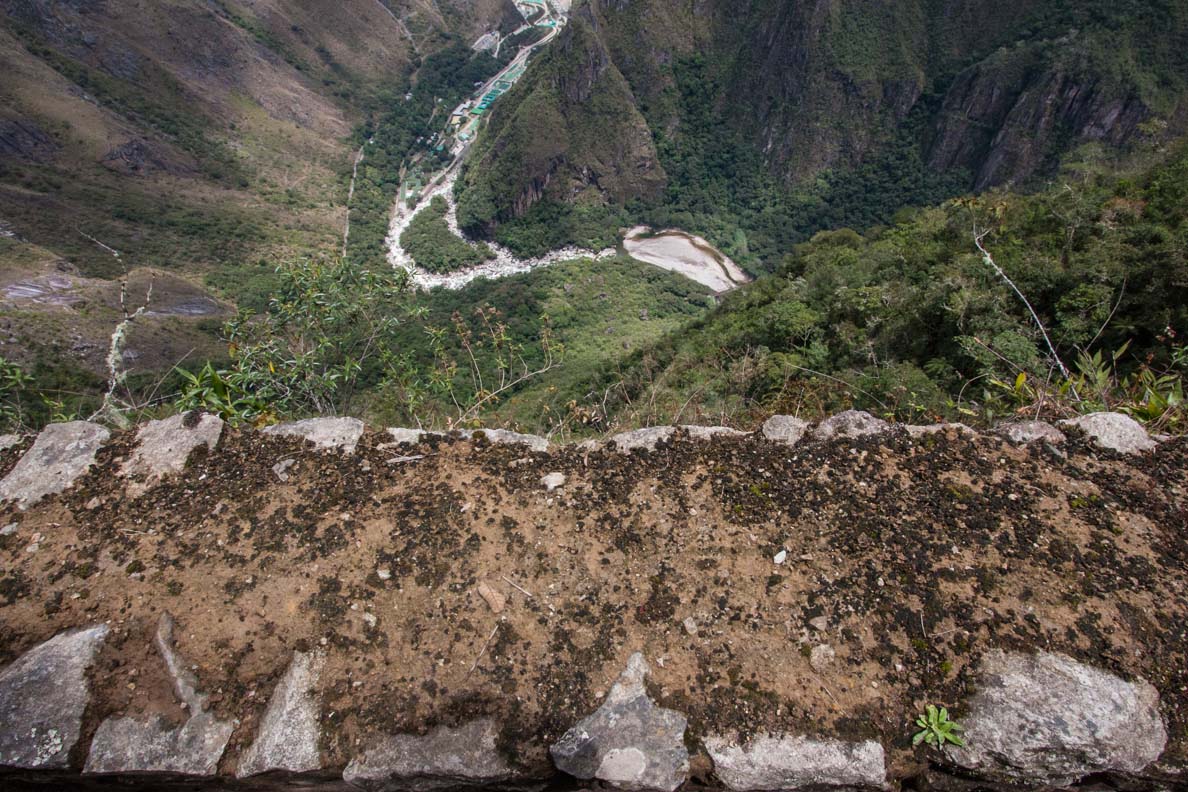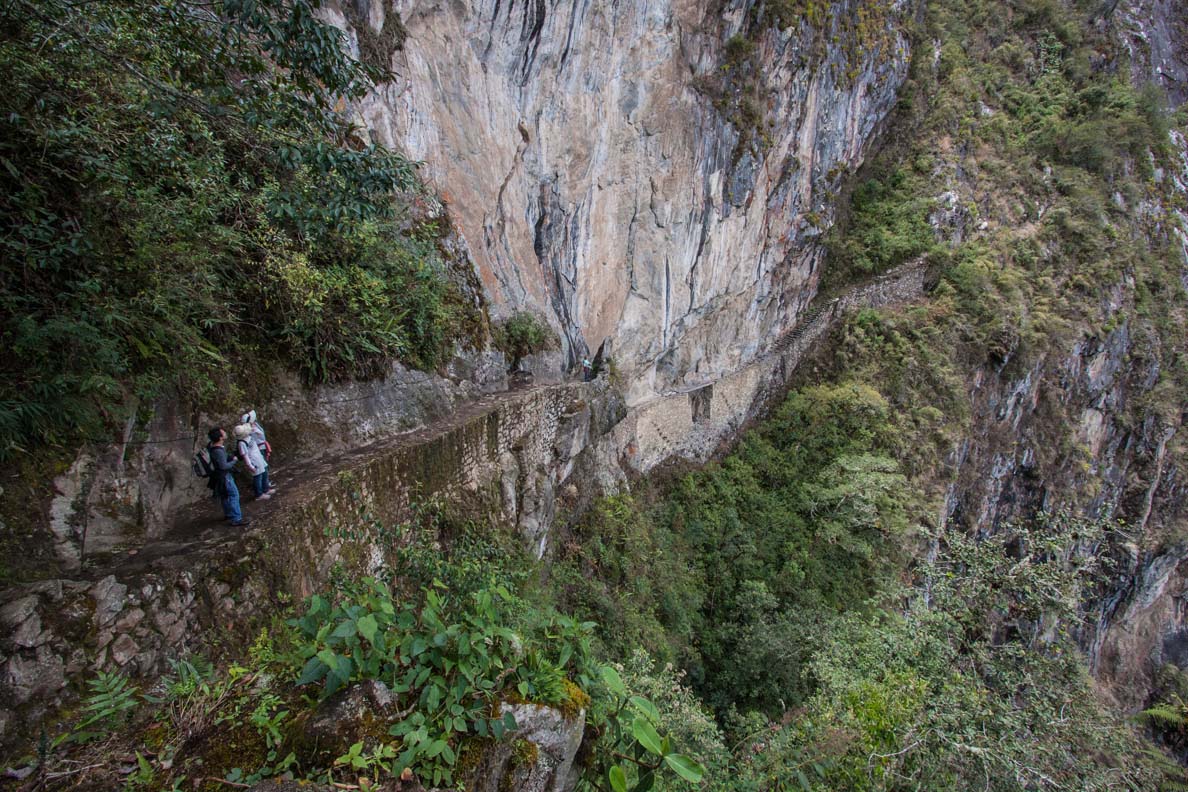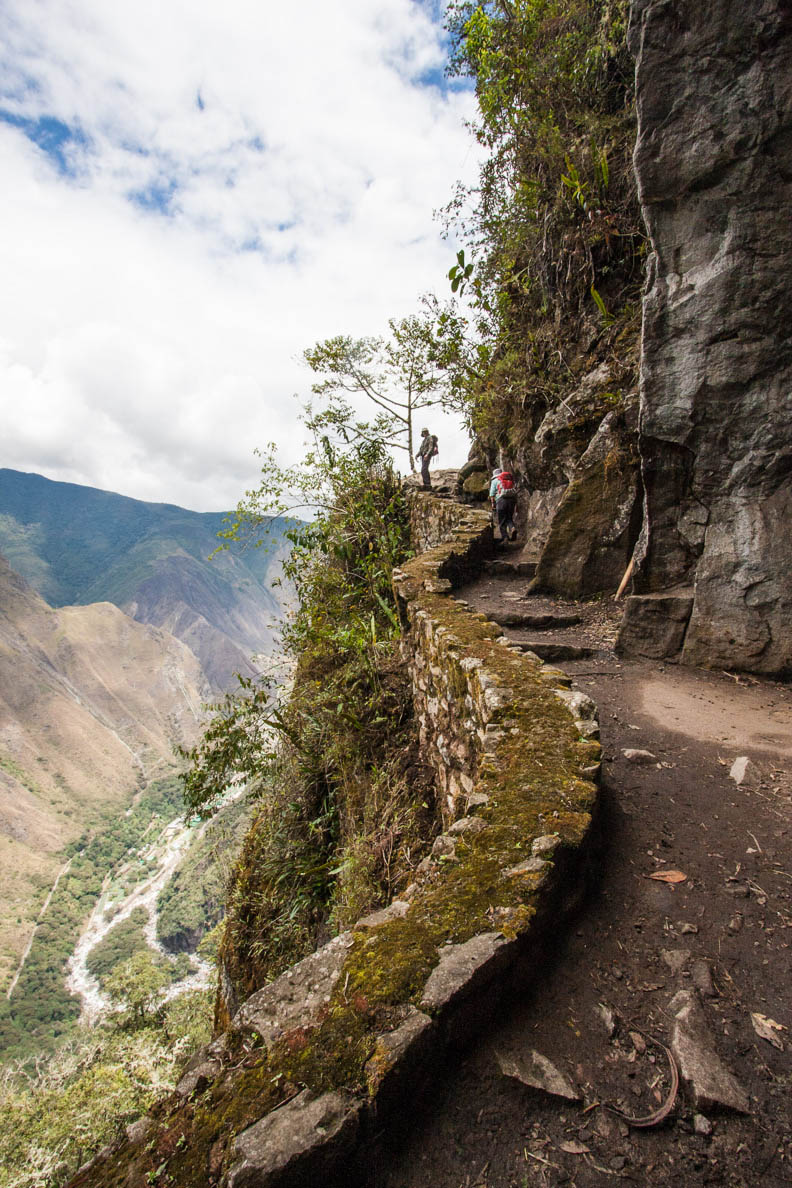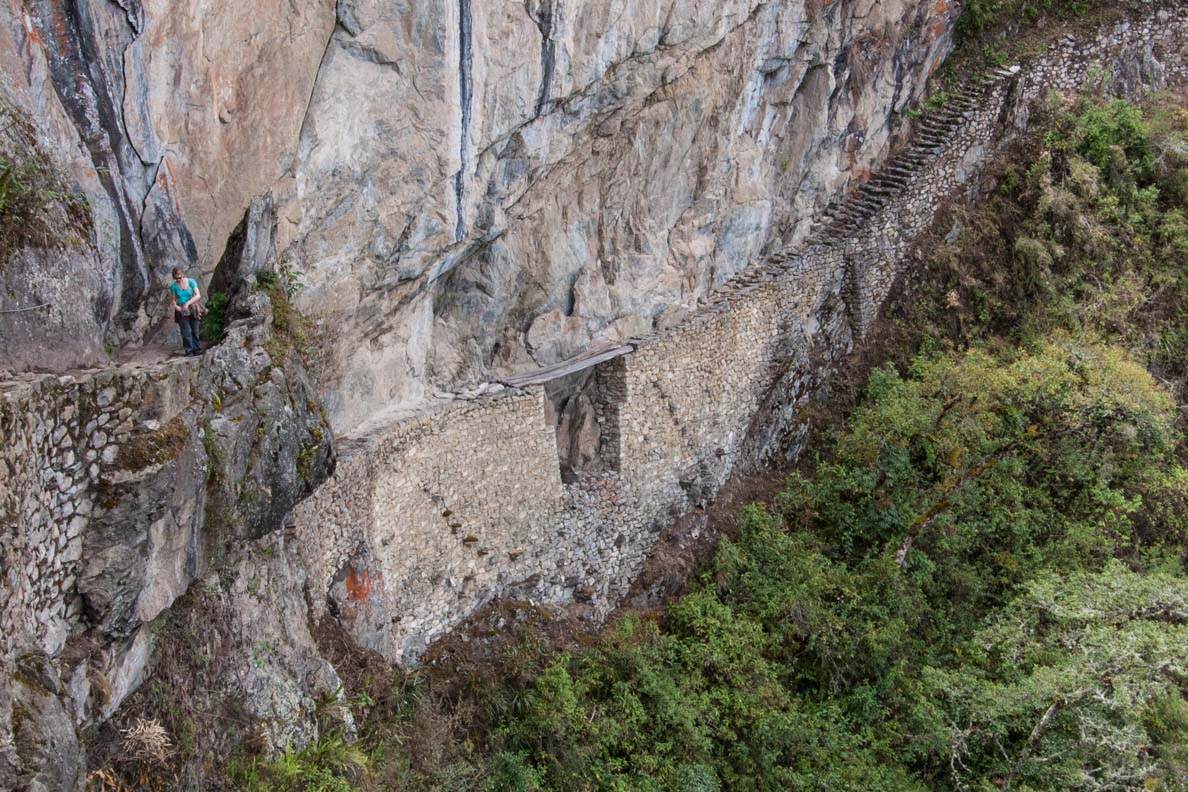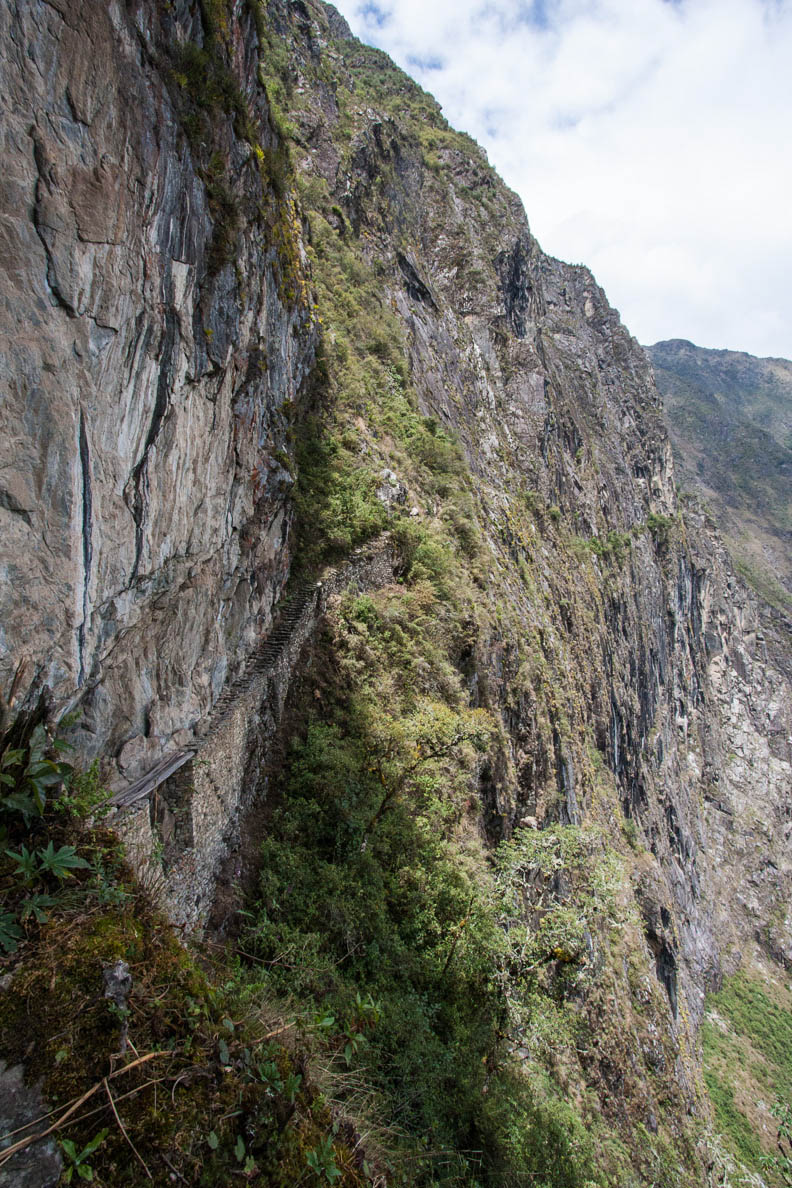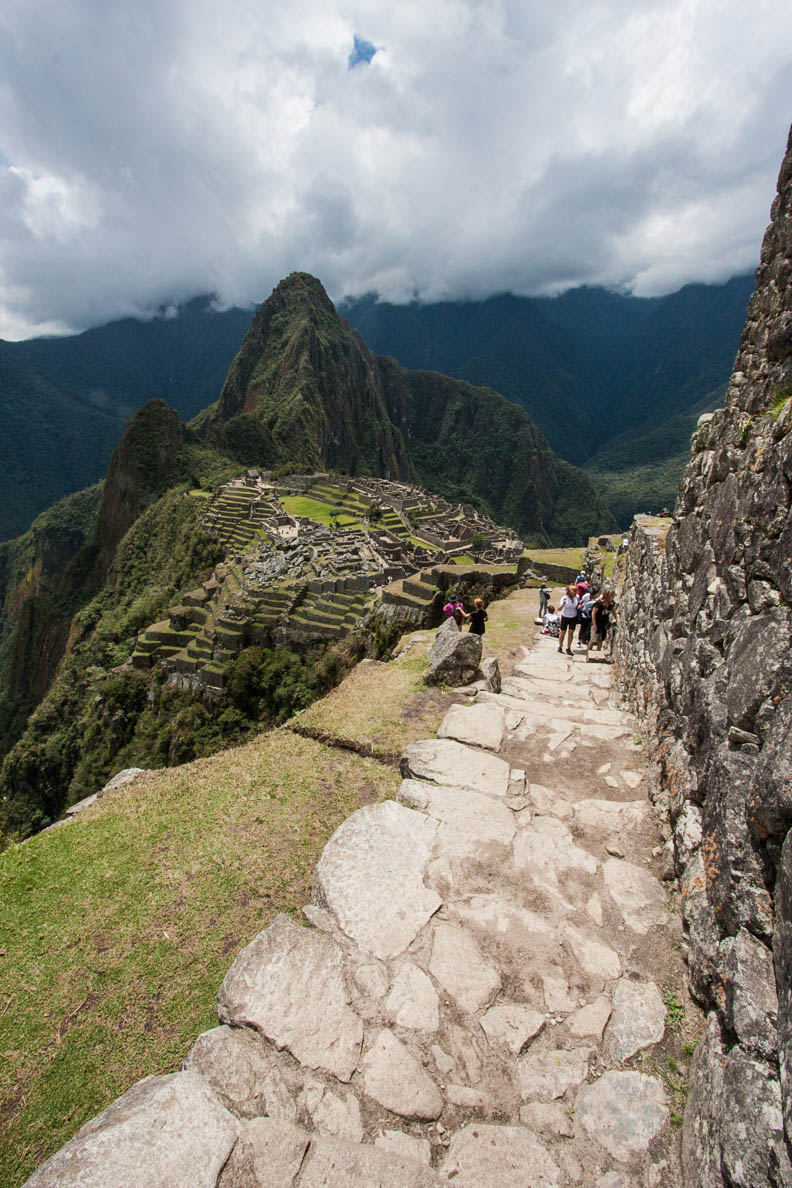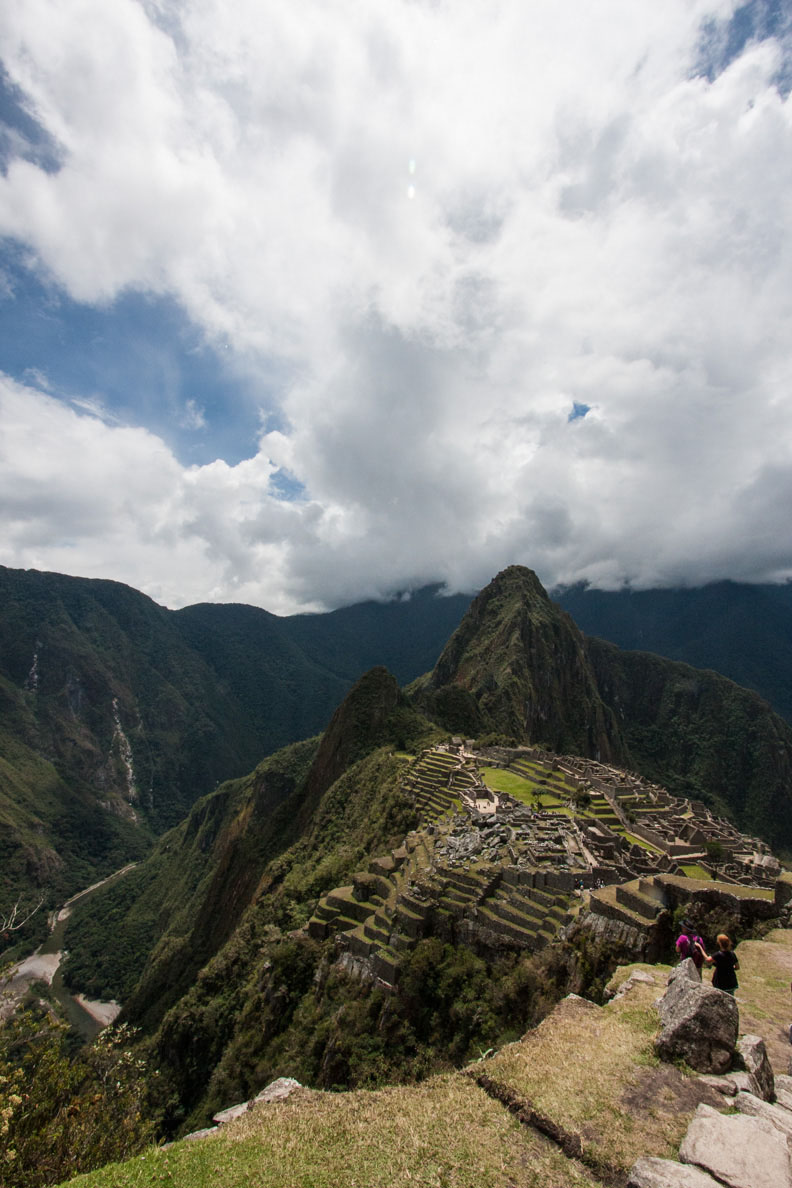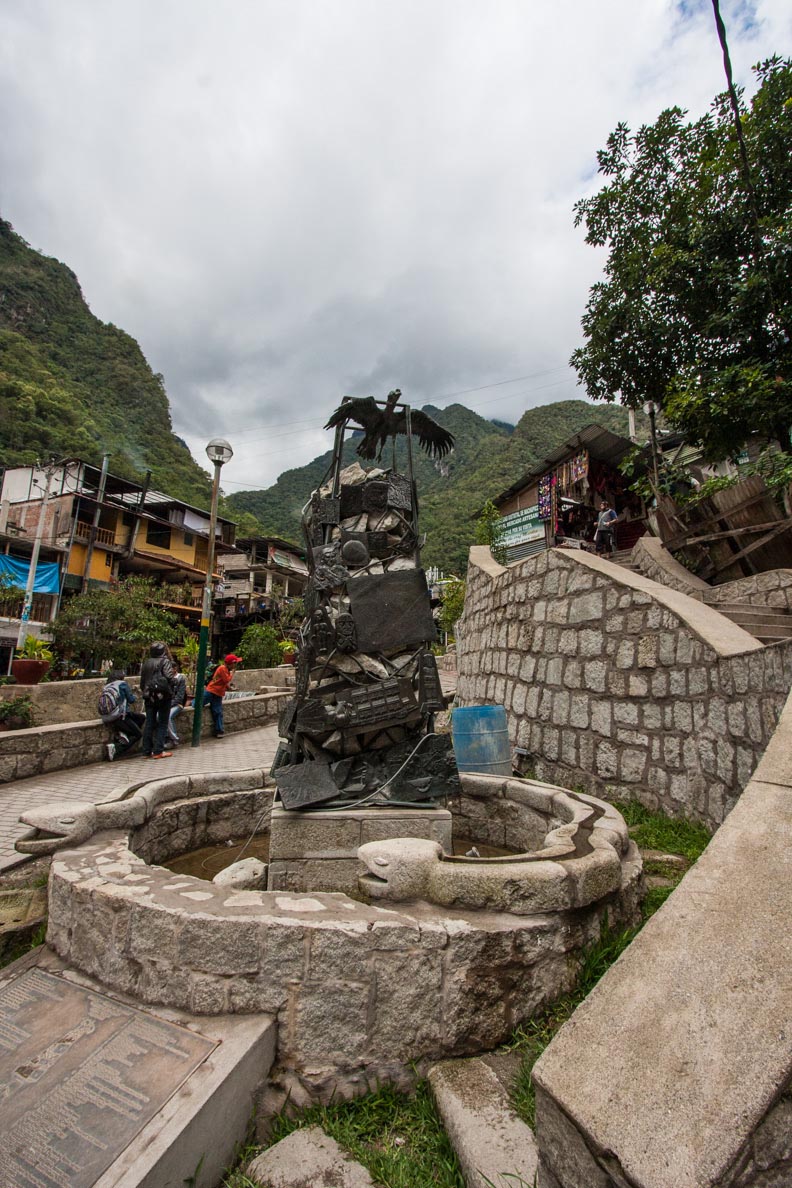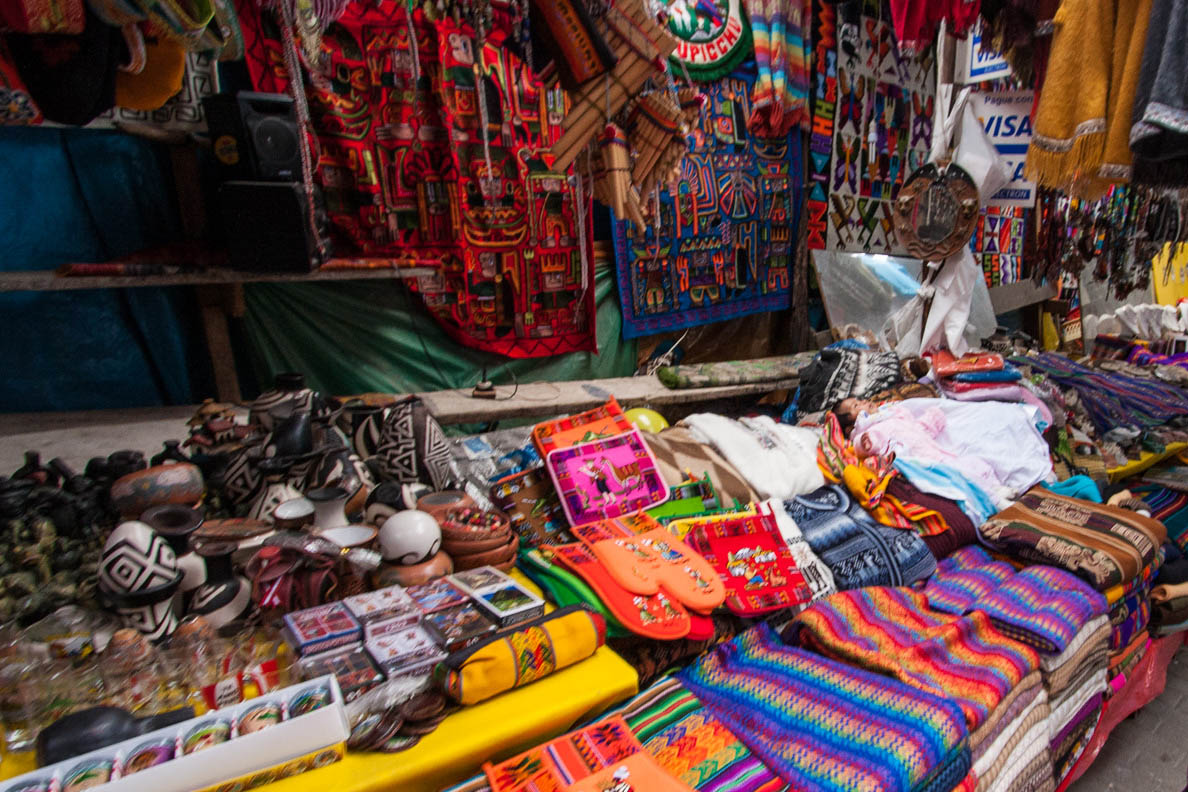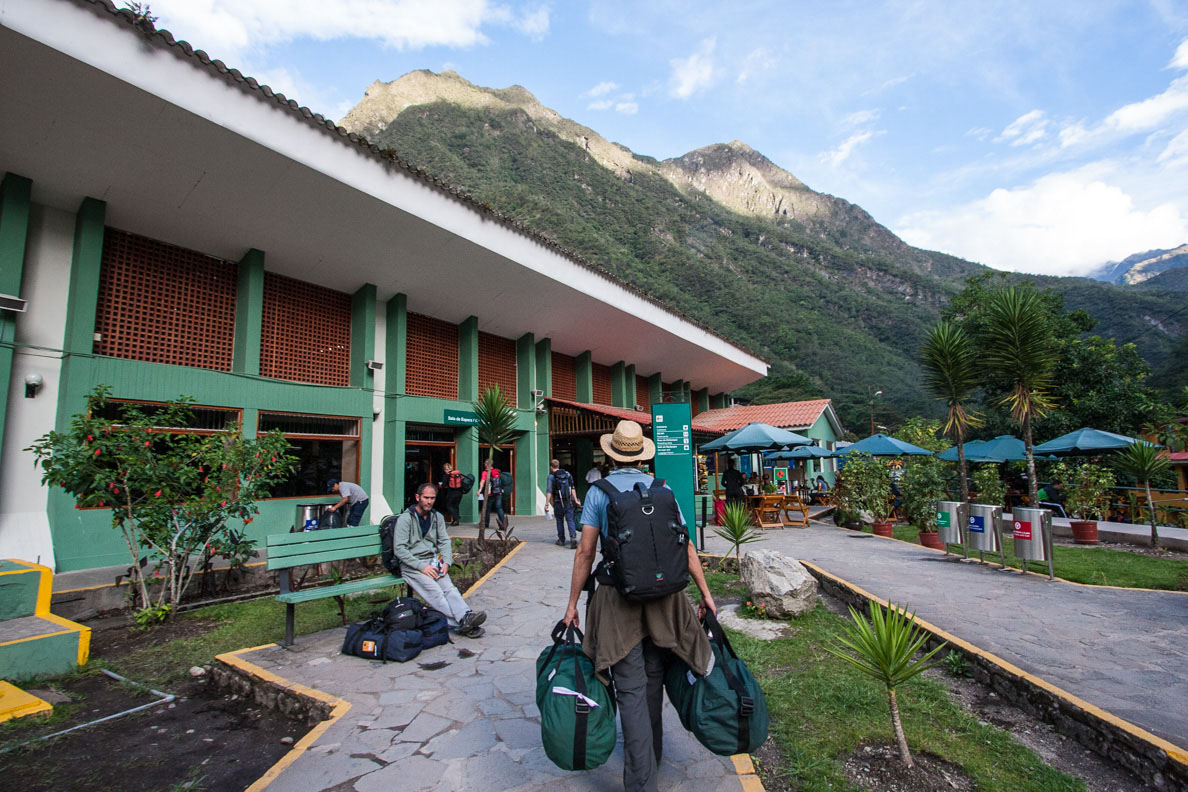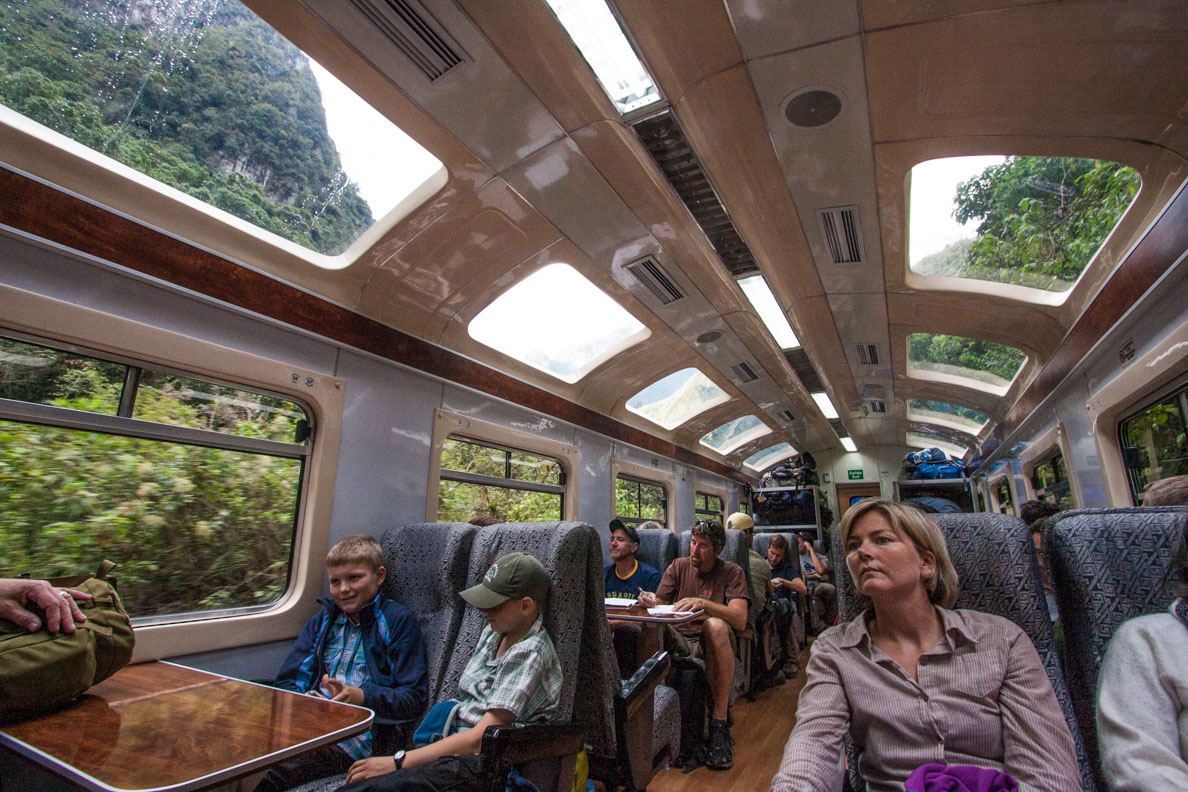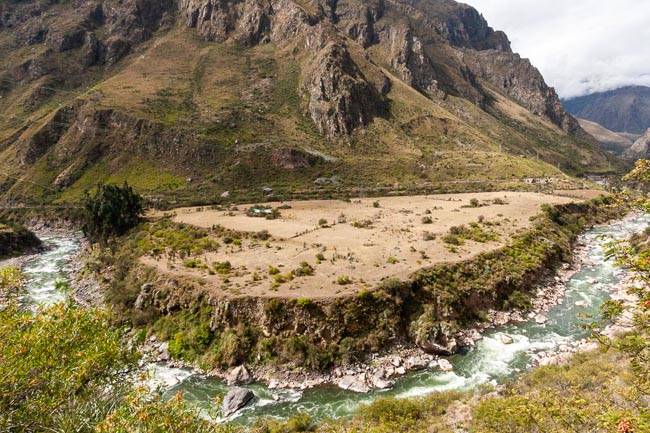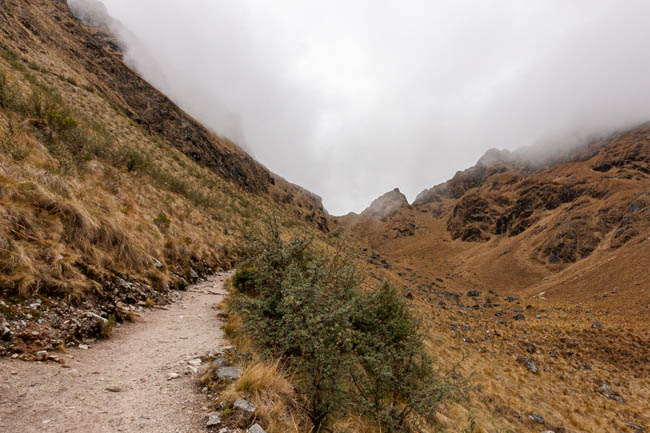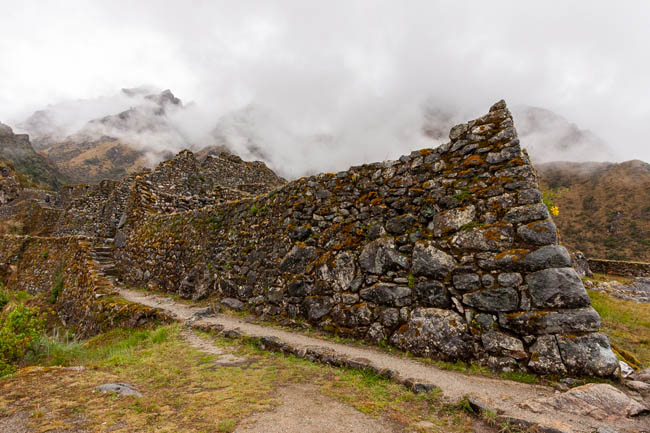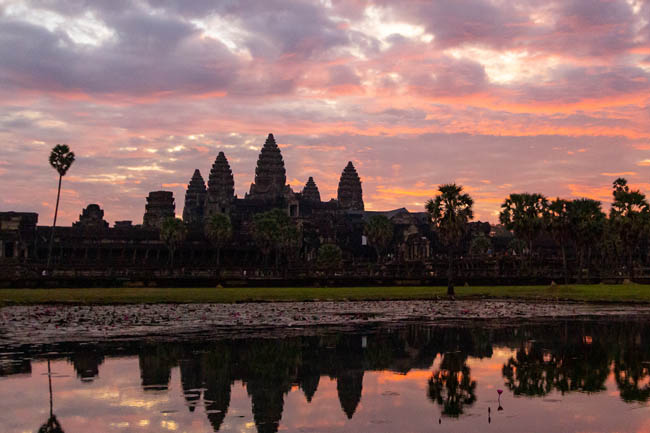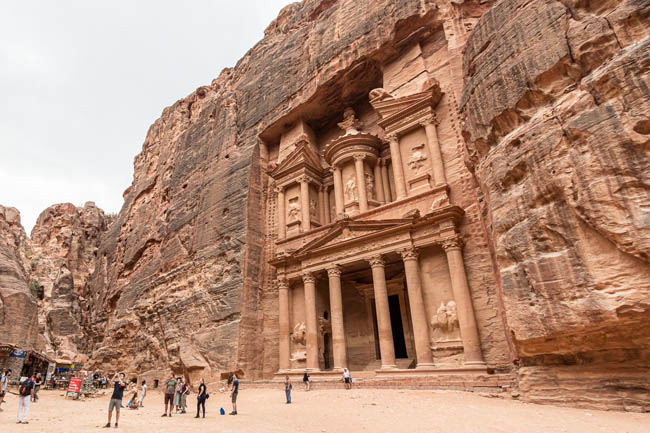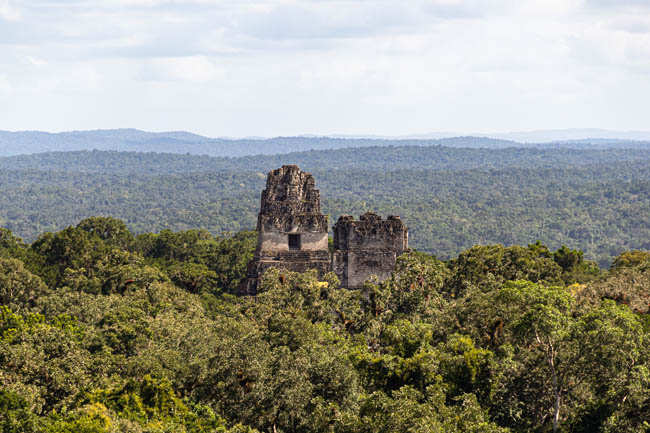PERU
MACHU PICCHU
September 2011 • Canon 40D camera
UNESCO World Heritage site
Historic Sanctuary of Machu Picchu
The day had finally arrive to visit Machu Picchu. Along with the Pyramids of Egypt, it was one of the first ancient ruins I learnt as a kid and wanted to visit one day. The Inca Trail four days before was a wonderful experience. We arrived at the end of the trail in the later afternoon at Machu Picchu. It was closed to visitors so we had to wait till today to visit. This morning, having slept in the town below, we were heading back up to spend the day taking a closer look at Machu Picchu. The name Machu Piccu means ‘old peak’ in the Quecha language and constructed around 1400’s which is pretty amazing considering how high up in altitude it was overlooking the Urubamba river.
It was grey, chilly morning with heavy clouds like a blanket over the brick ruins. The pathway to the entrance of the ruins had quite high steps and was a bit tiring this early in the morning. Green terraces lined up the side of the hill to the ruins. The complex structure is built on a steep mountain with a plunging deep valley. Silvia then proceed to walk us through the ruins describing key areas and structures. As the morning went on the clouds were slowly moving away to reveal more of this magnificent city.
The mountain towering behind the famous ruins is Huayna Piccu (Wayna Picchu). You can actually climb to the top but you must book in advance as limited number are allowed up to the top per day. Unfortunately I did not book in advance and there were no tickets available today. It felt a bit weird to be standing here in person at a view I had seen in photographs for many years. Finally I was here.
The first main stop on our walk was the Royal Tomb. It is a carved out of a cave under the temple of the sun, almost hidden away. Inside is a small stepped altar. The first step is symbolized by a a snake representing death or the underworld. The second step is the Jaguar or Puma, representing human life. The final step is the spiritual plane or heavens represented by the Condor.
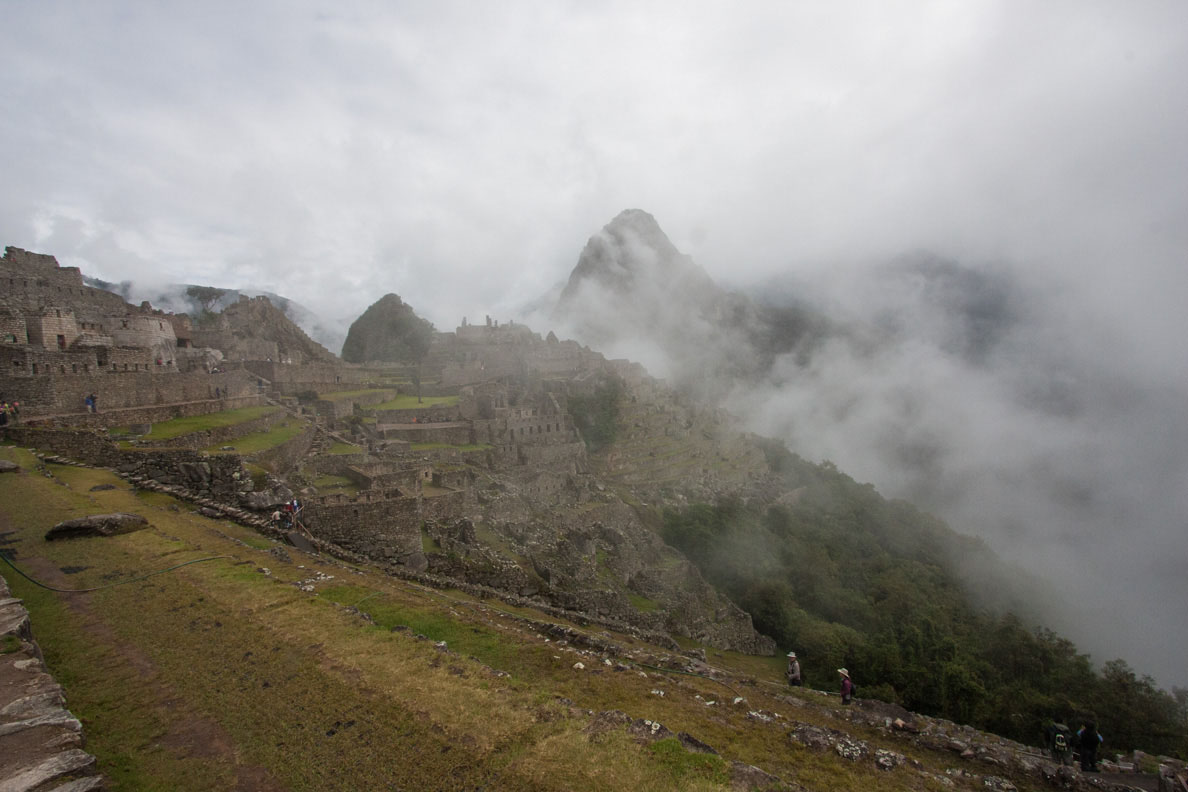
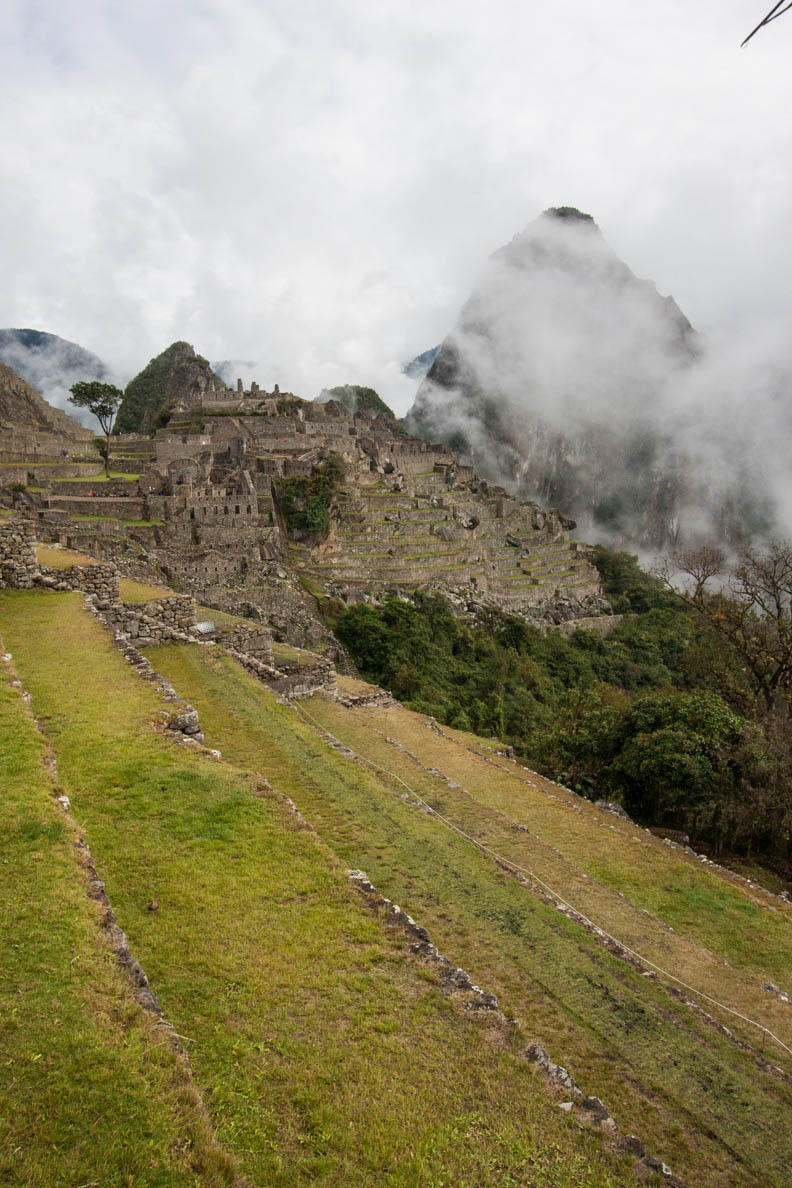
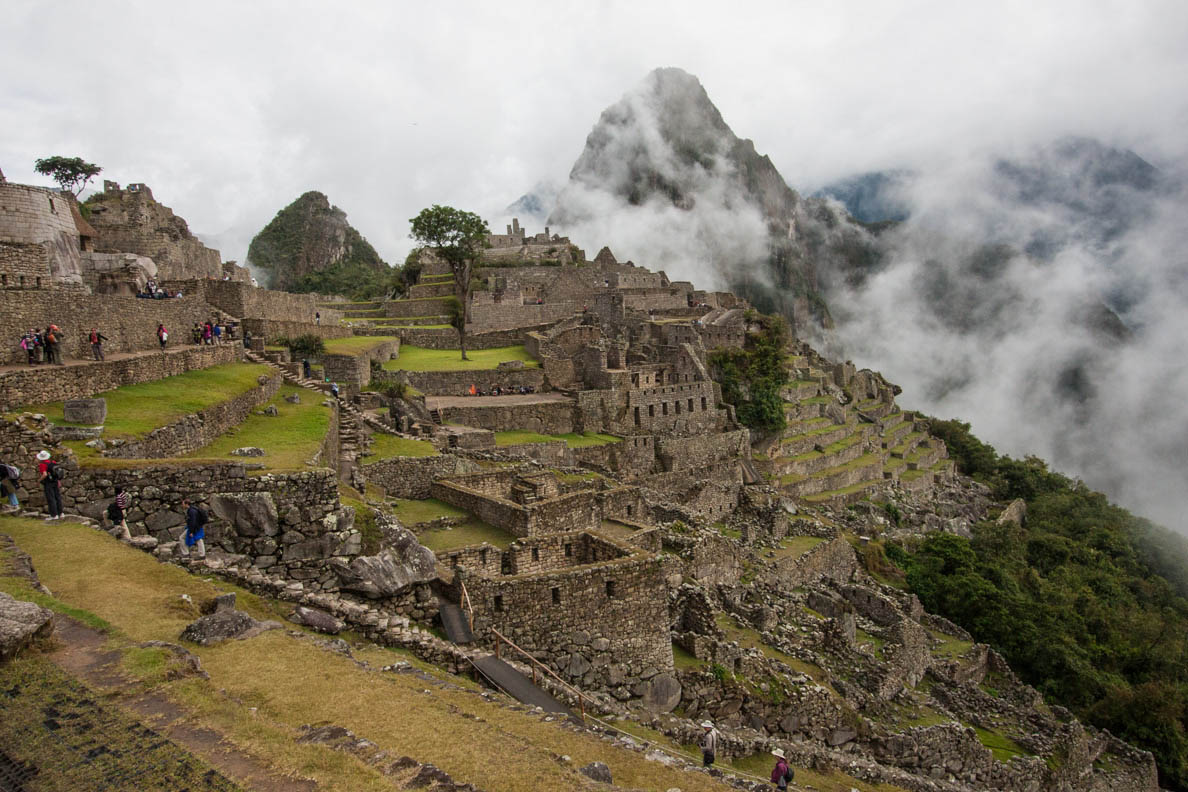
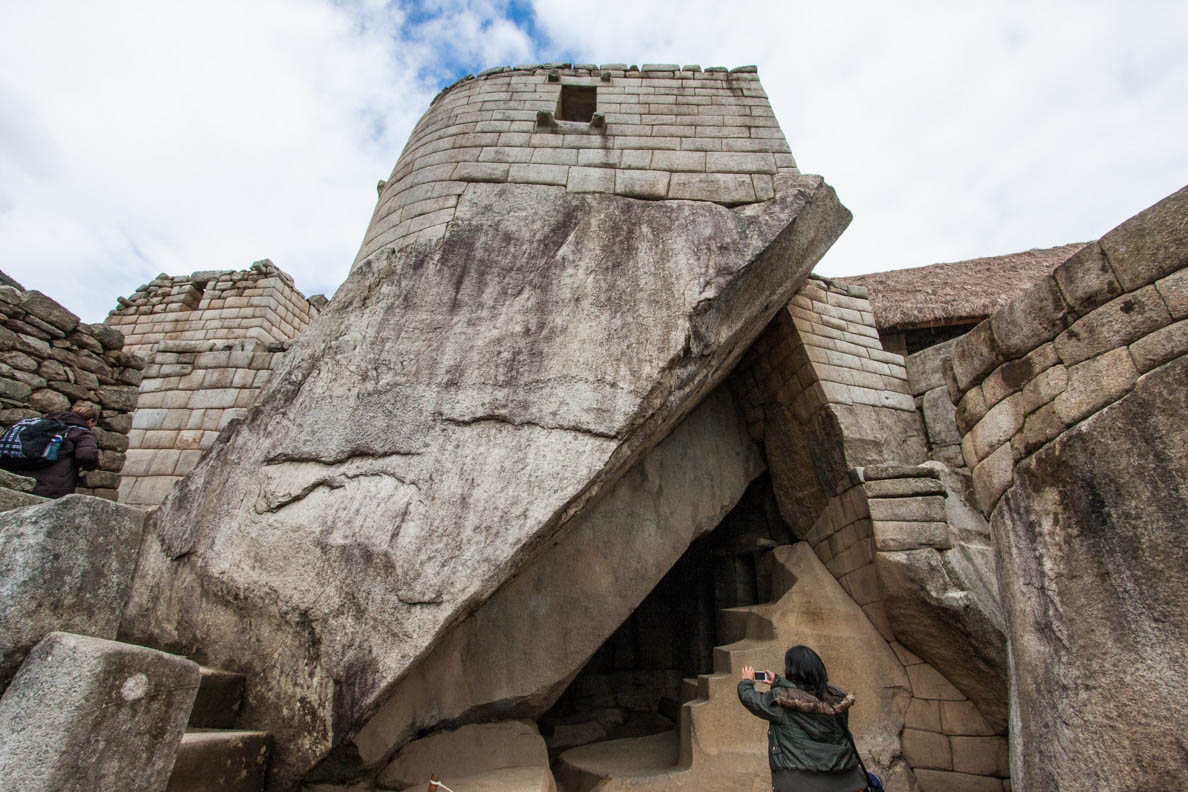
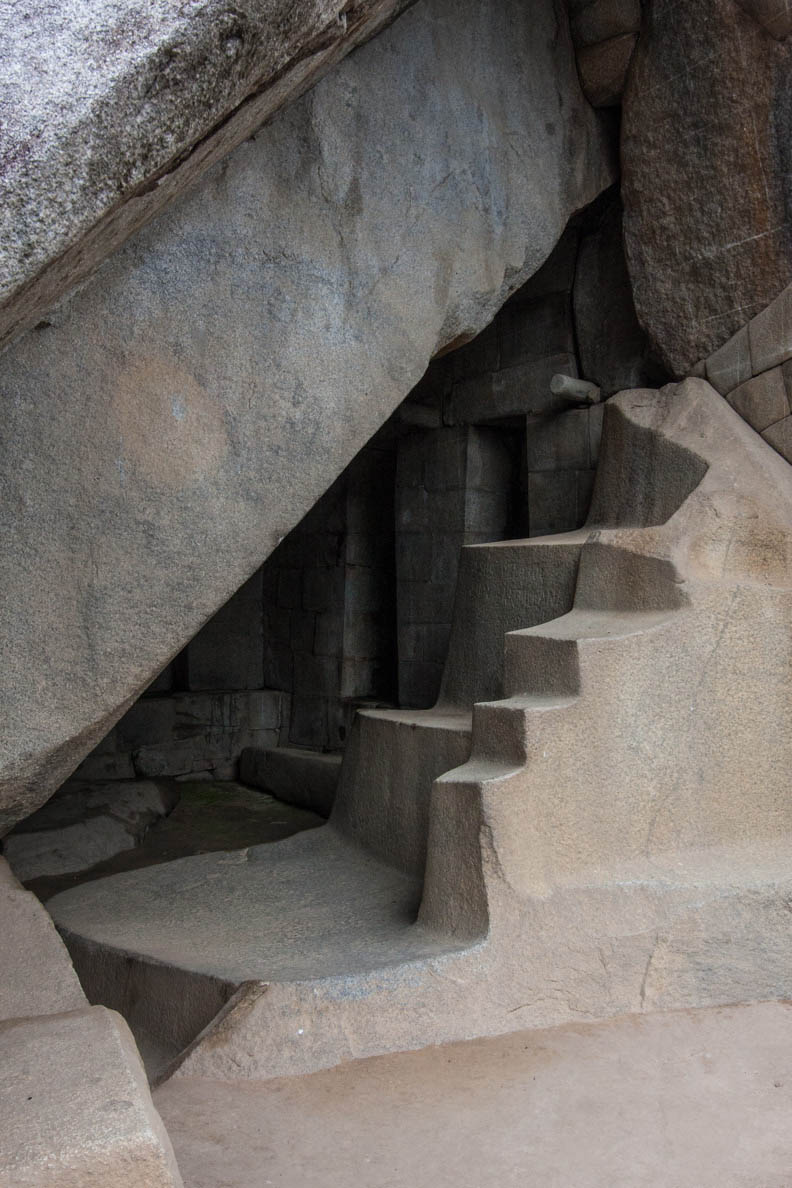
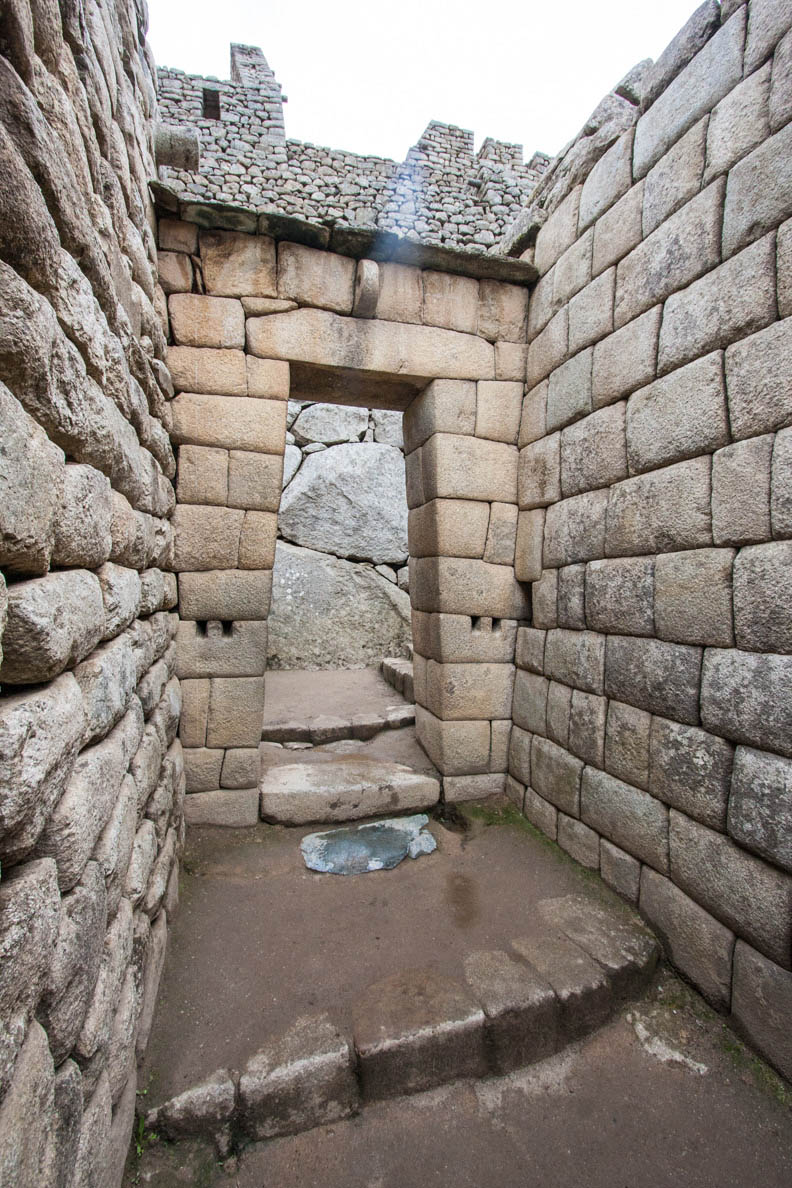
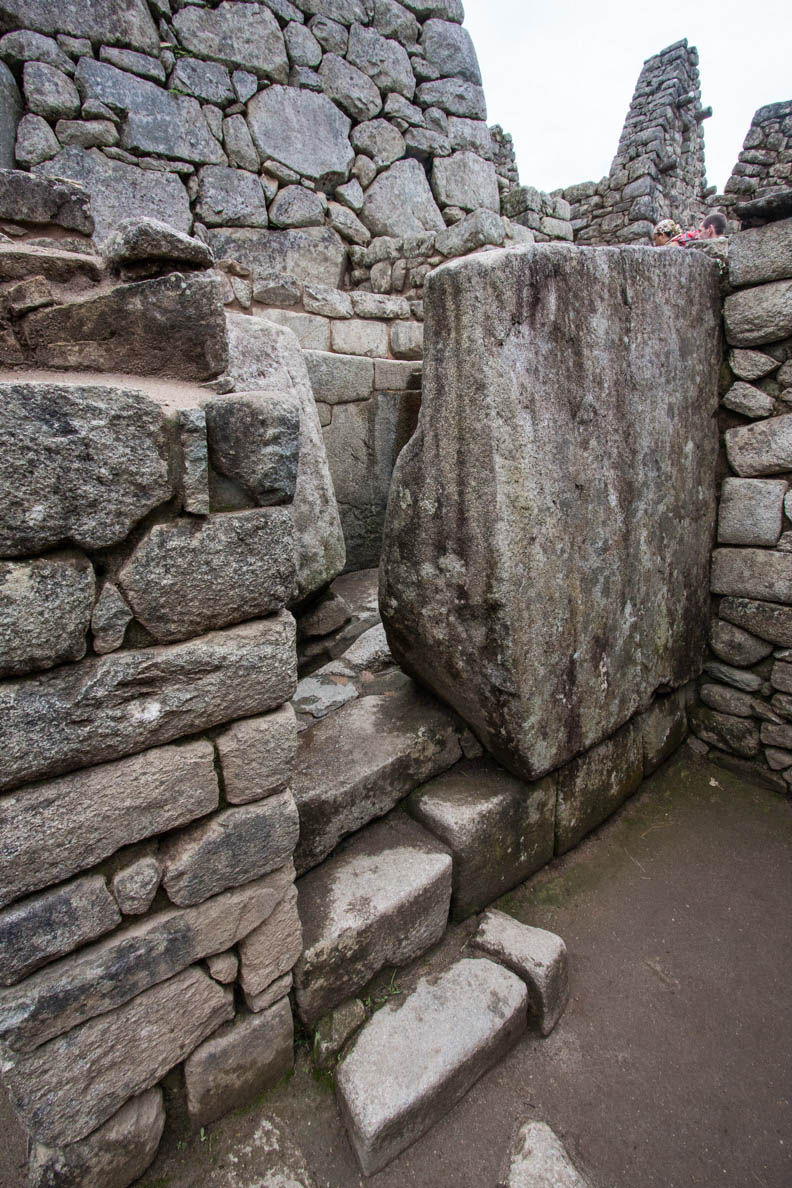
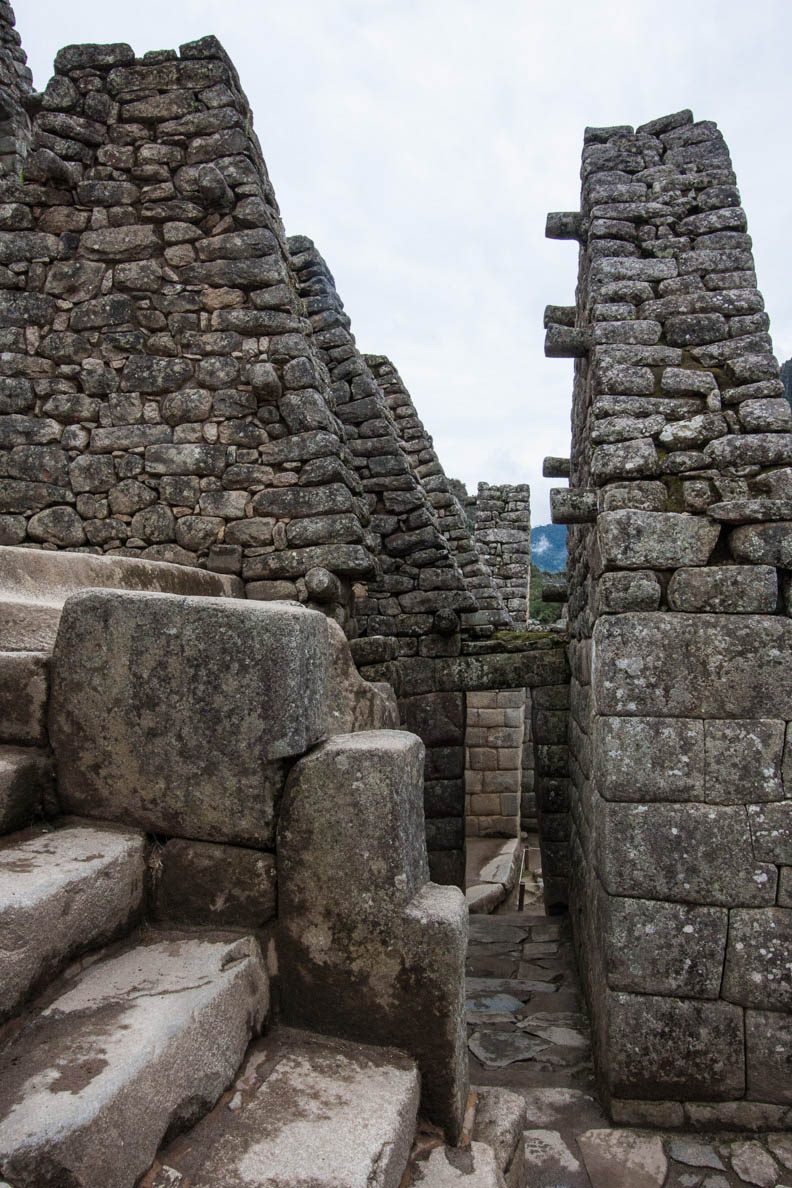
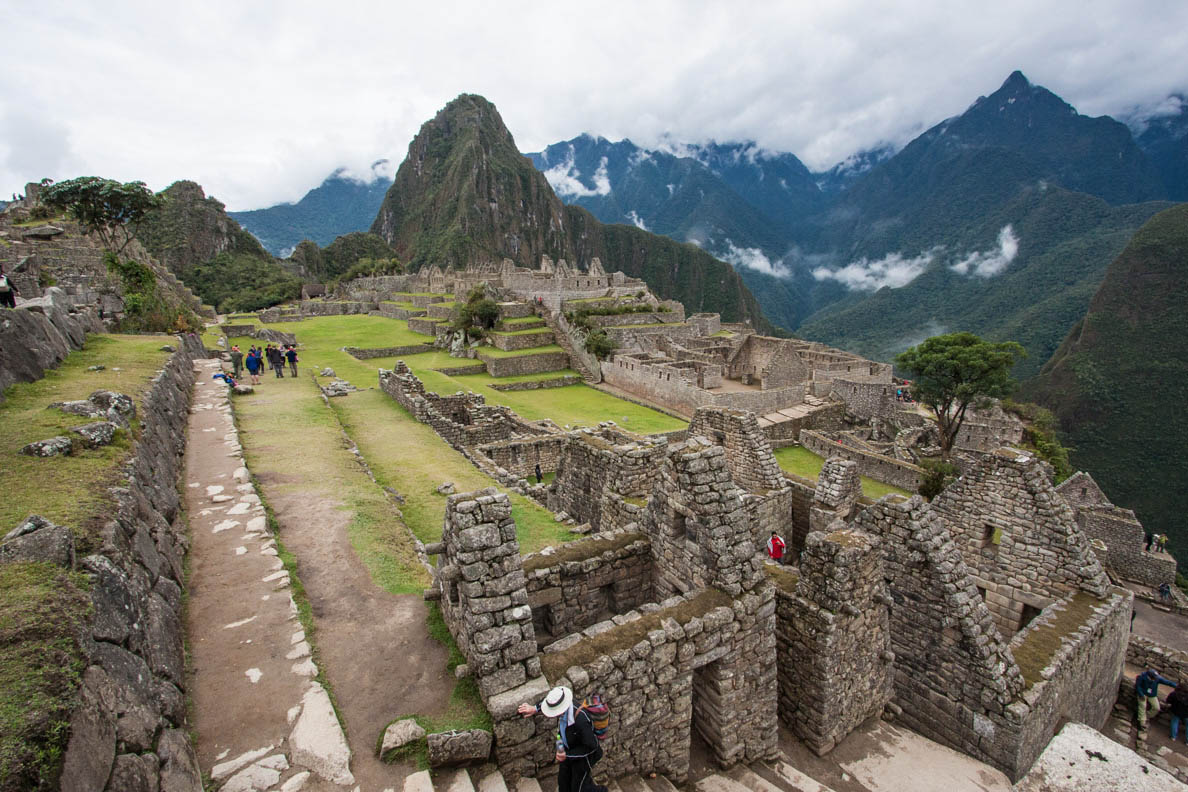
The Temple of the Sun
Next stop was the temple of the sun. A semi–circular tower makes this a distinctive landmark among the ruins. Dedicated to the Inca's deity, the Sun God, it is also believed it acted as an astronomical observatory. It is not known exactly what kind of rituals have taken place in the temple. Nearby is rock quarry where the stones that were used to build the complex is conveniently located. Interestingly they are not as big as the stones in saksaywaman or Ollantaytambo.
Scientist still speculate how the blocks of stones in the quarry were extracted and cut. One thing for sure is that they are superb craftsman. By looking closely at some of the bricks walls of the larger stones, you wonder how they managed to lift and fit them so closely together. Some say it is very mysterious how they managed to build the citadel with basic tools. In fact a lot of Maccu Picchu is not know and is full of theories and speculations. Something that would fit into the investigations of Agent Mulder and Scully...
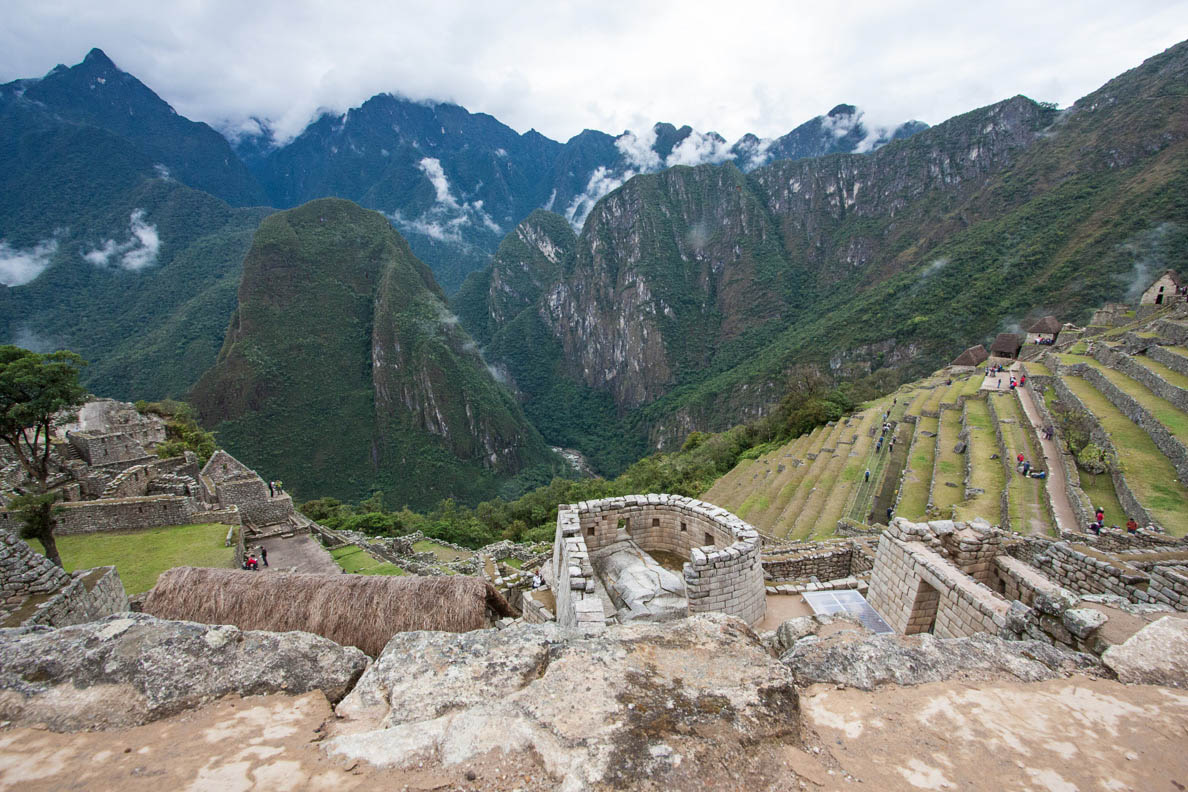
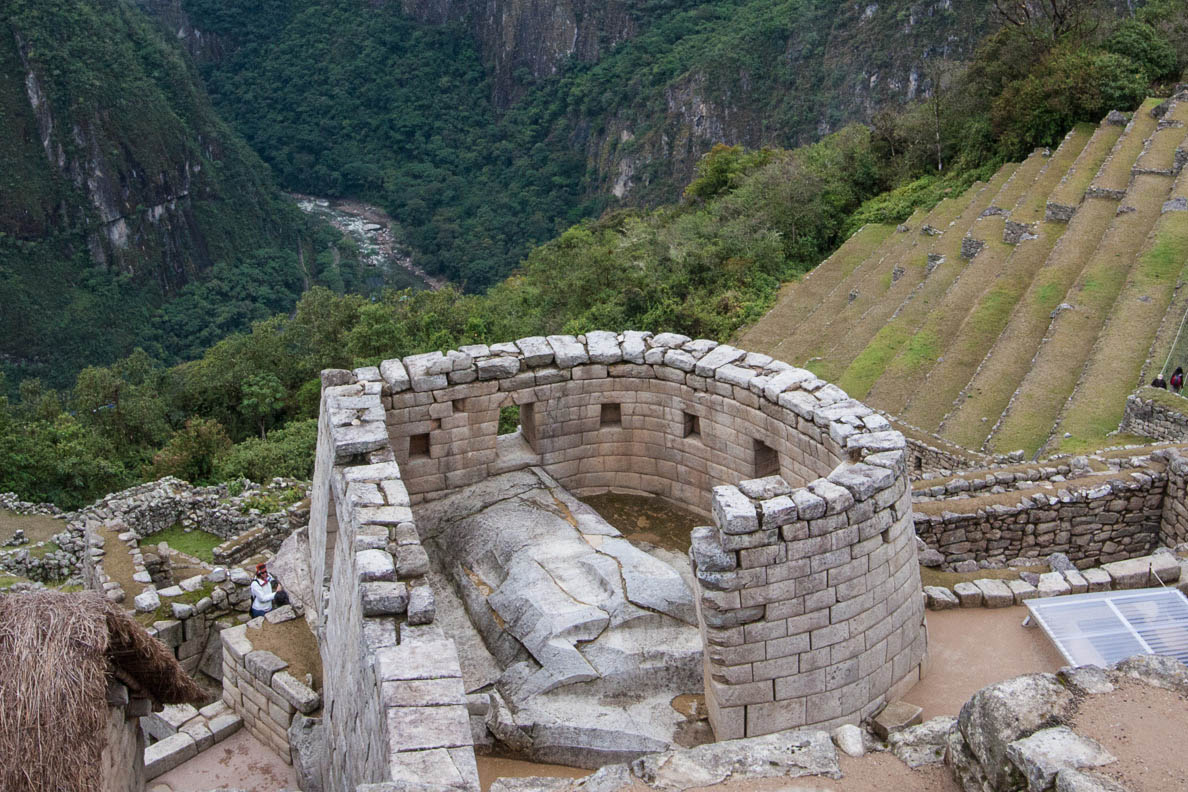
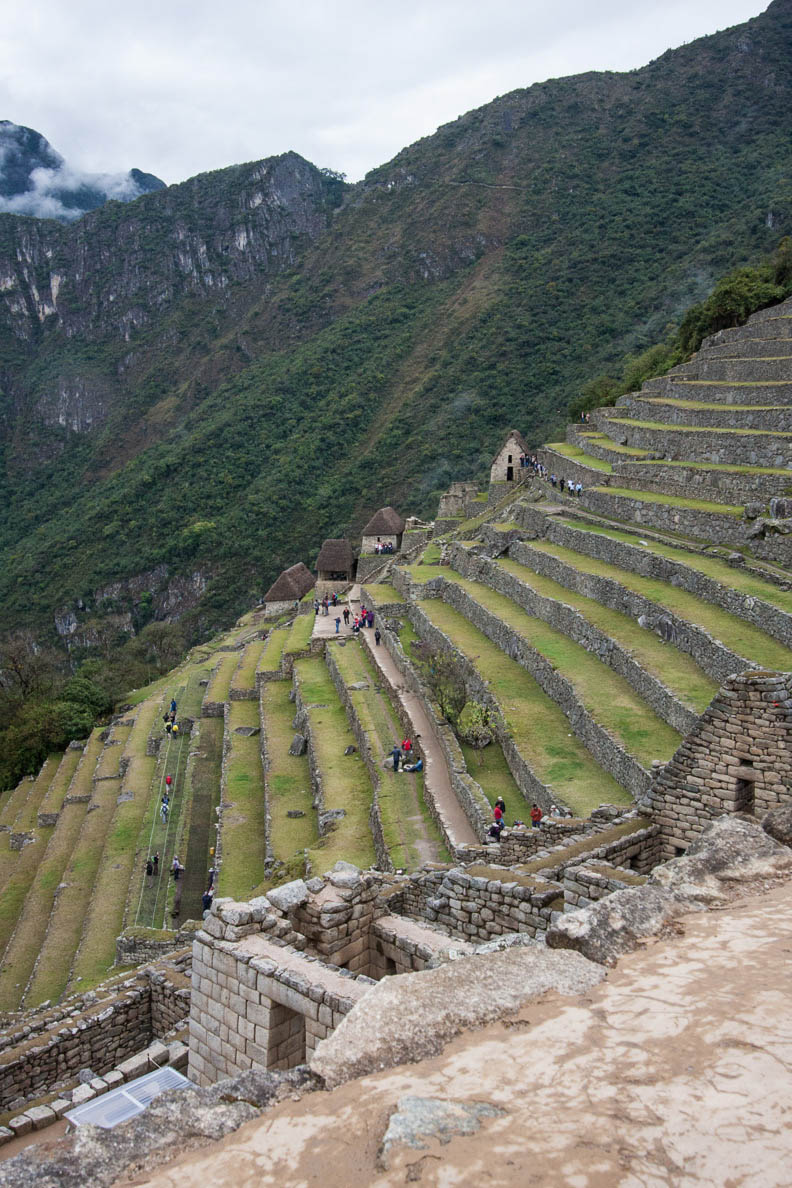
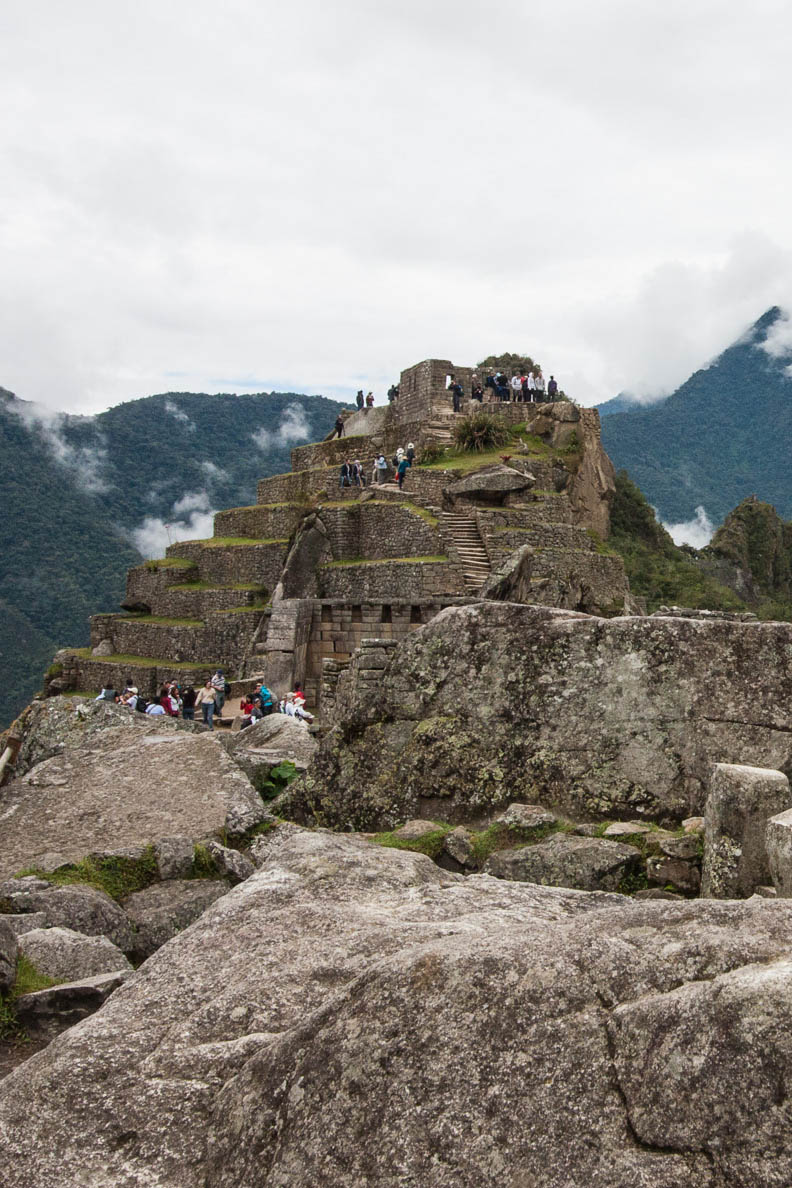

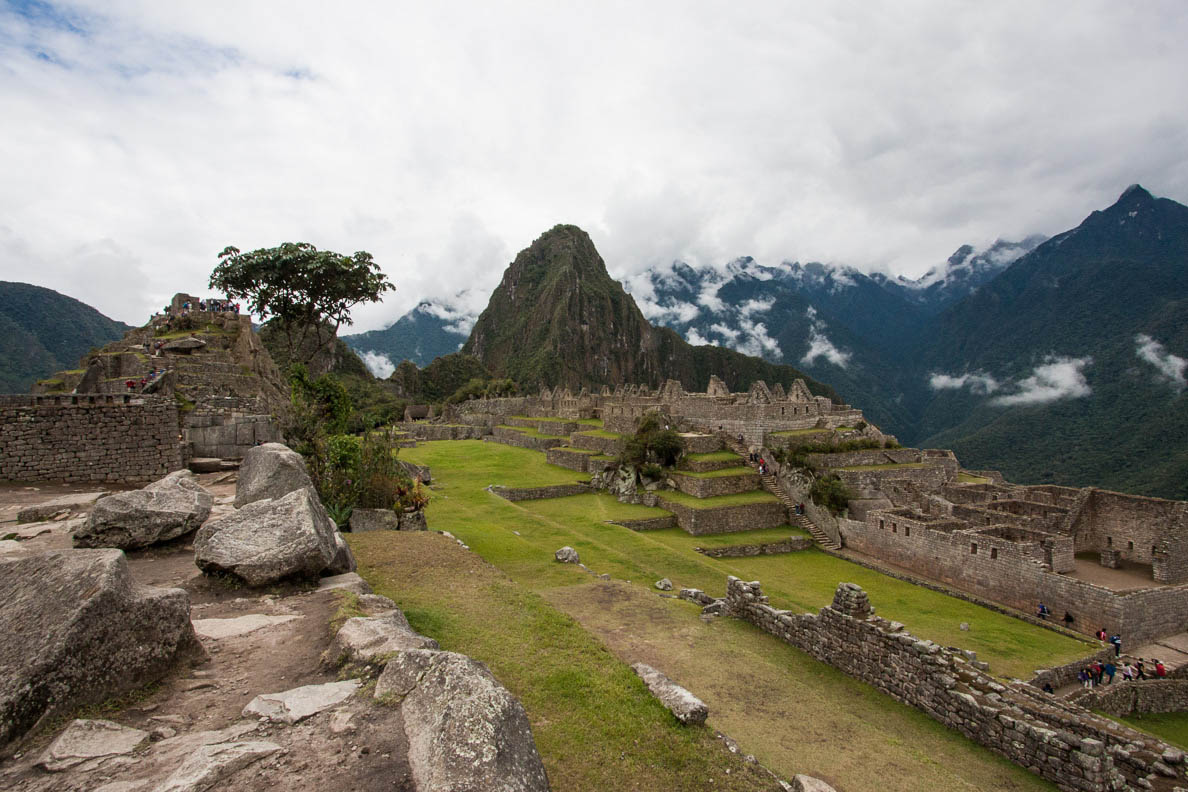
The Temple of the Three Windows
The temple of three windows was next. It is a clearly recognizable building because of the three large trapezoidal windows. Interestingly it only has three walls, with the back wall missing. The main temple is located next door which also has only three walls but seven small windows. From here went to see the Intiwantana stone up on a hill. The stone is a mystery in what it was used for.
A block stone which in the centre another block of stone is sticking up. Some say it was to measure the movements of the sun and determine the solstices. The four corners representing north, east, south and west. One of the theories for Machu Picchu existence is that it was an overall astronomical observatory for the Inca people.
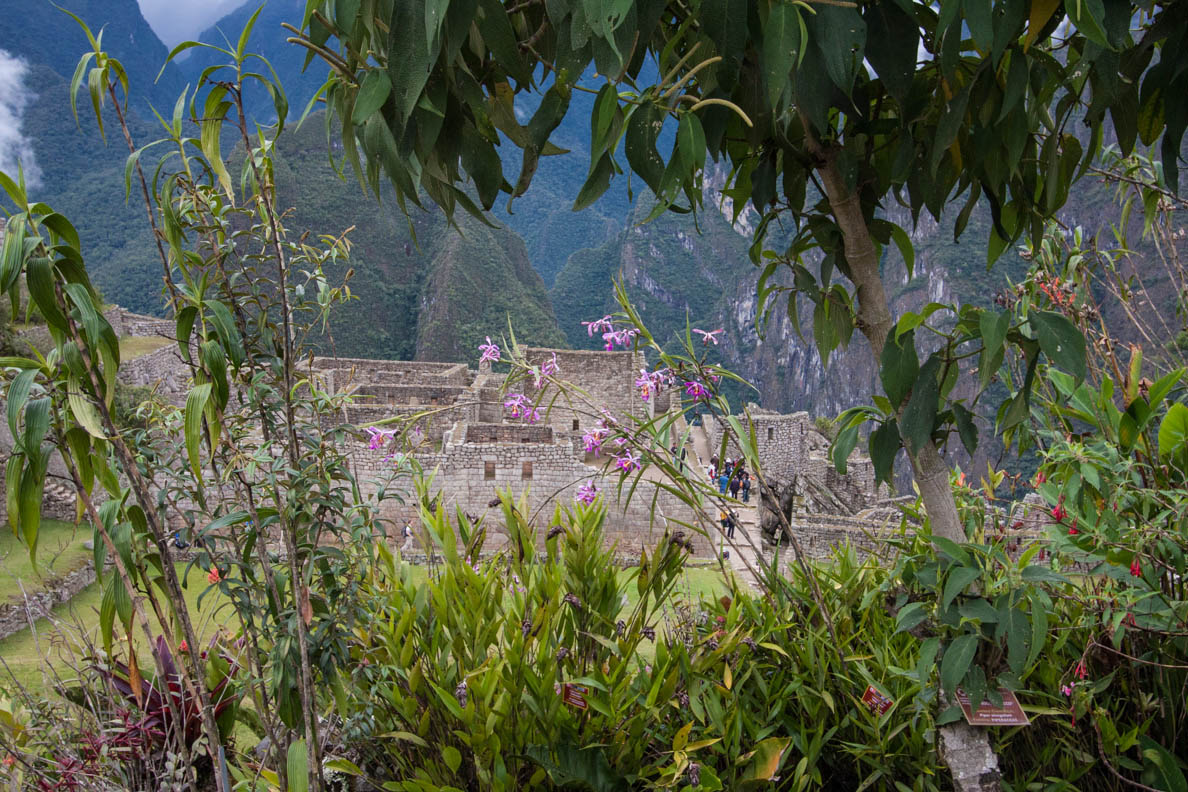
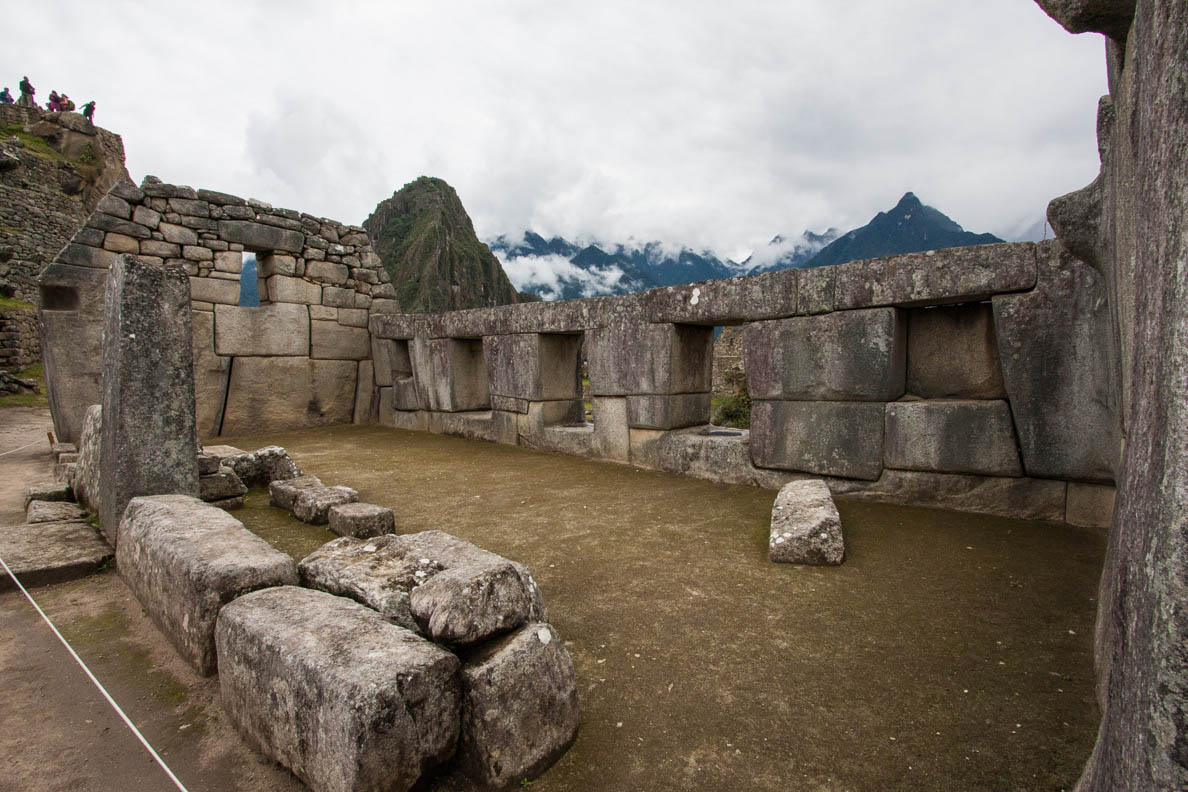
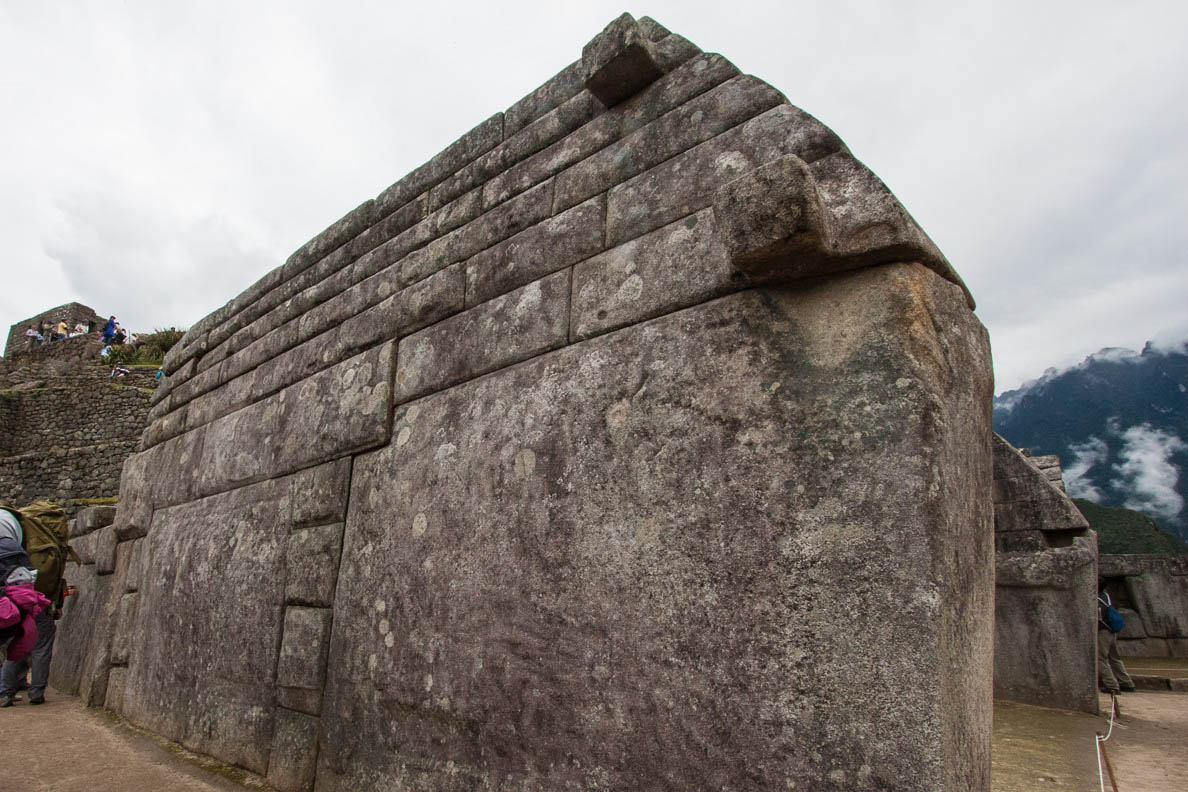
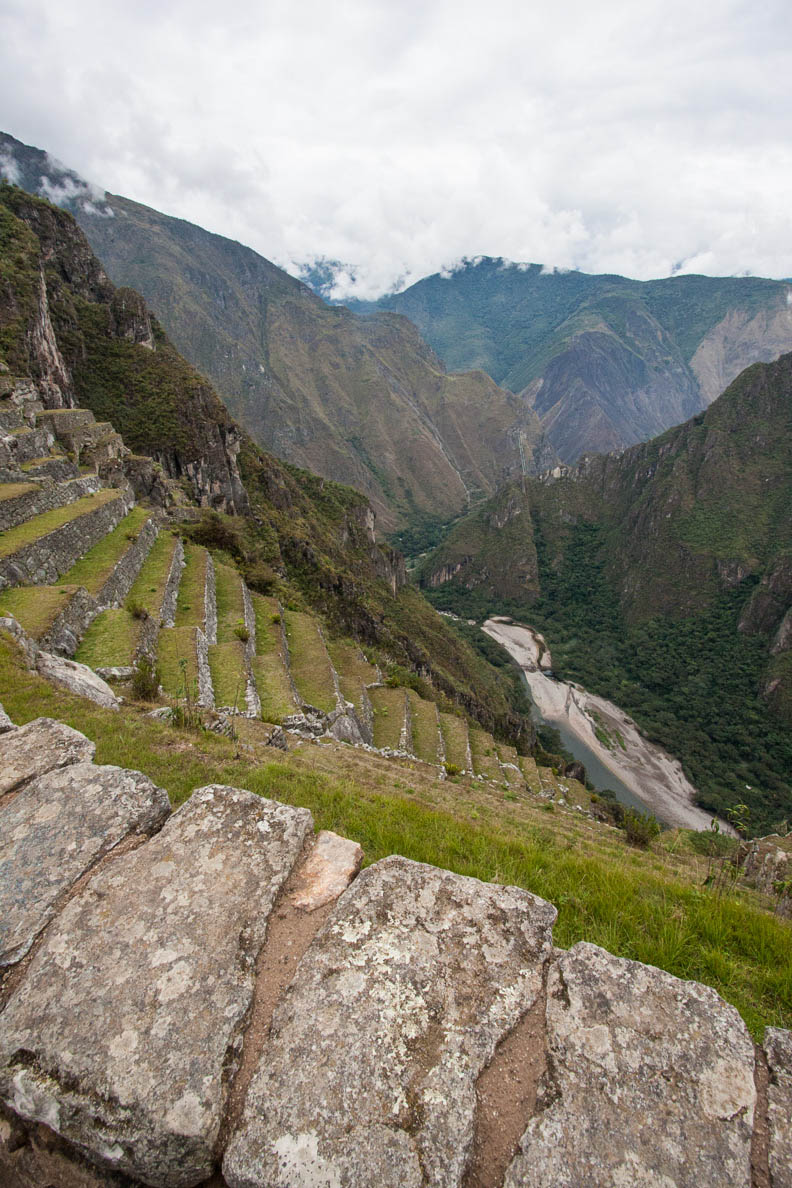
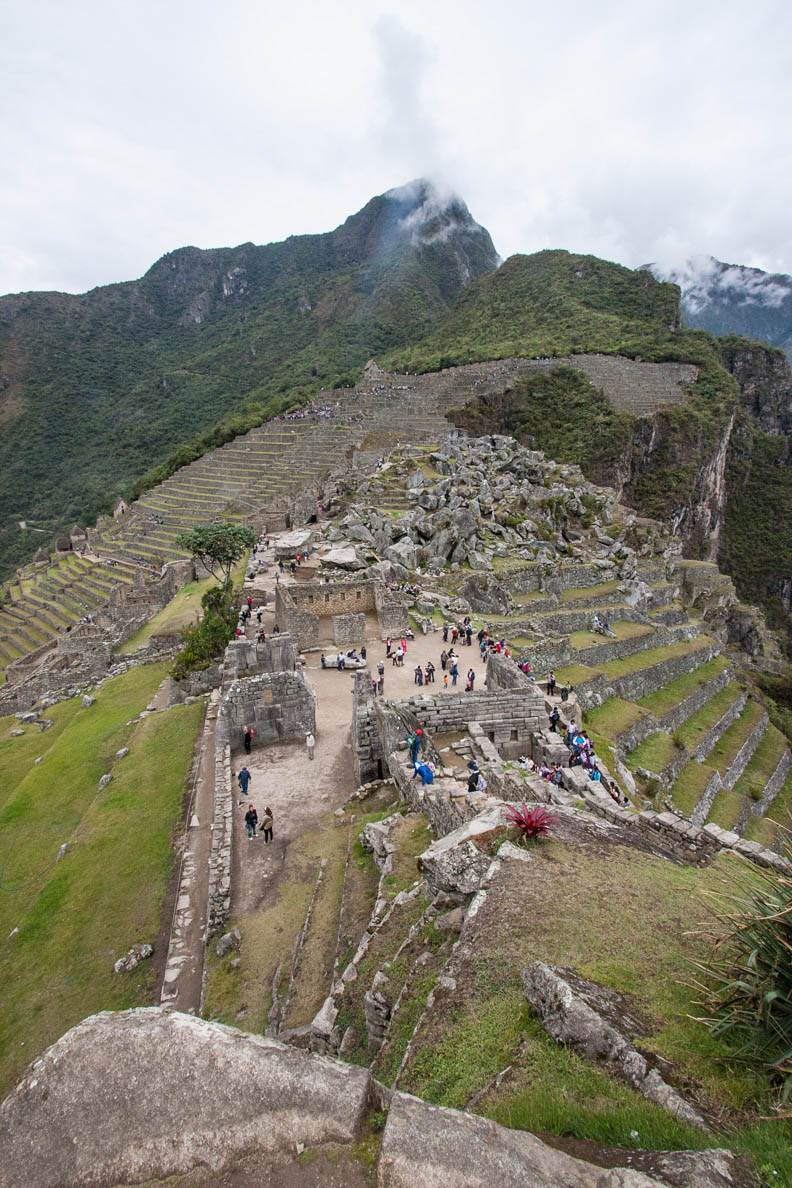
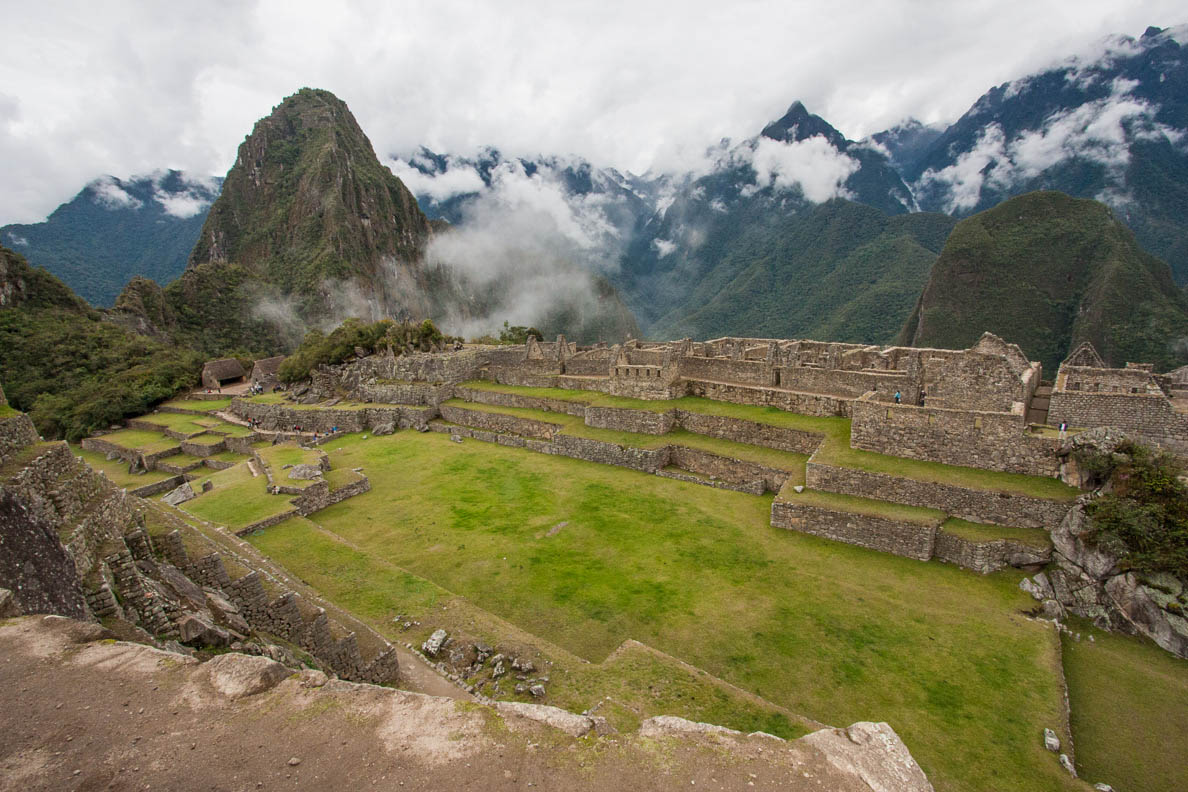
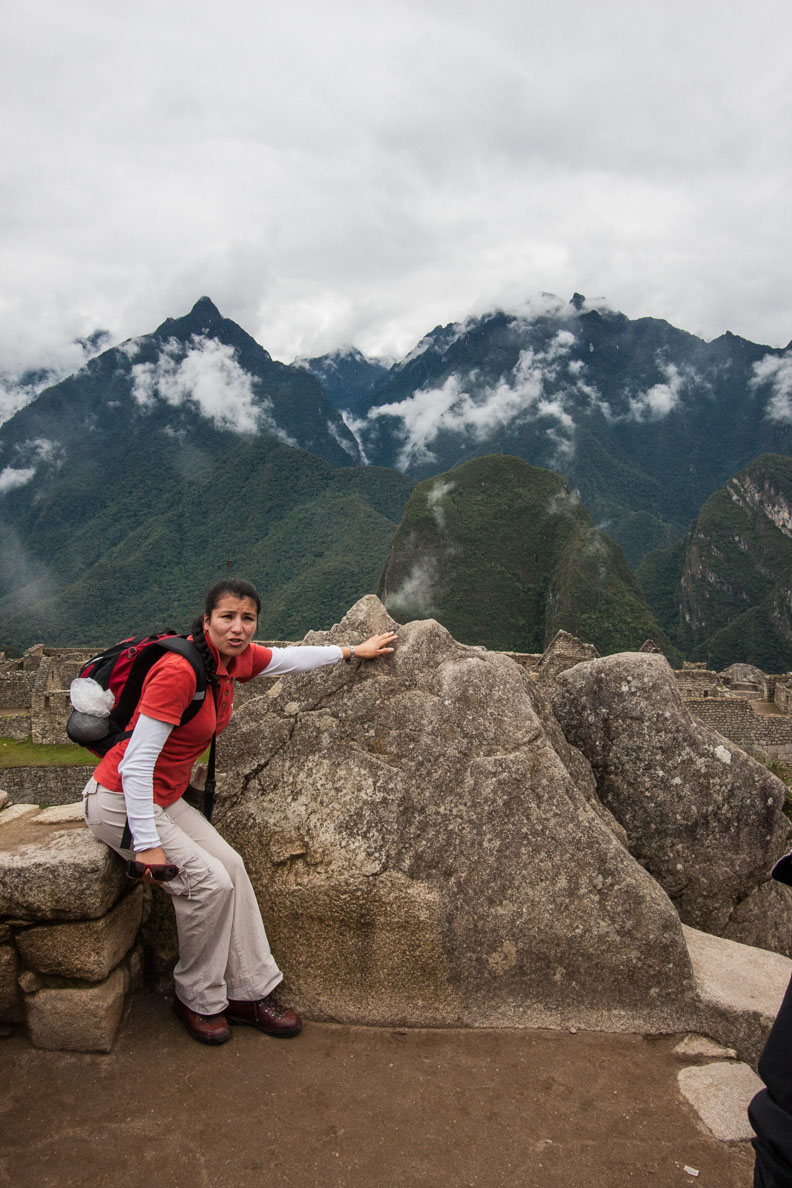
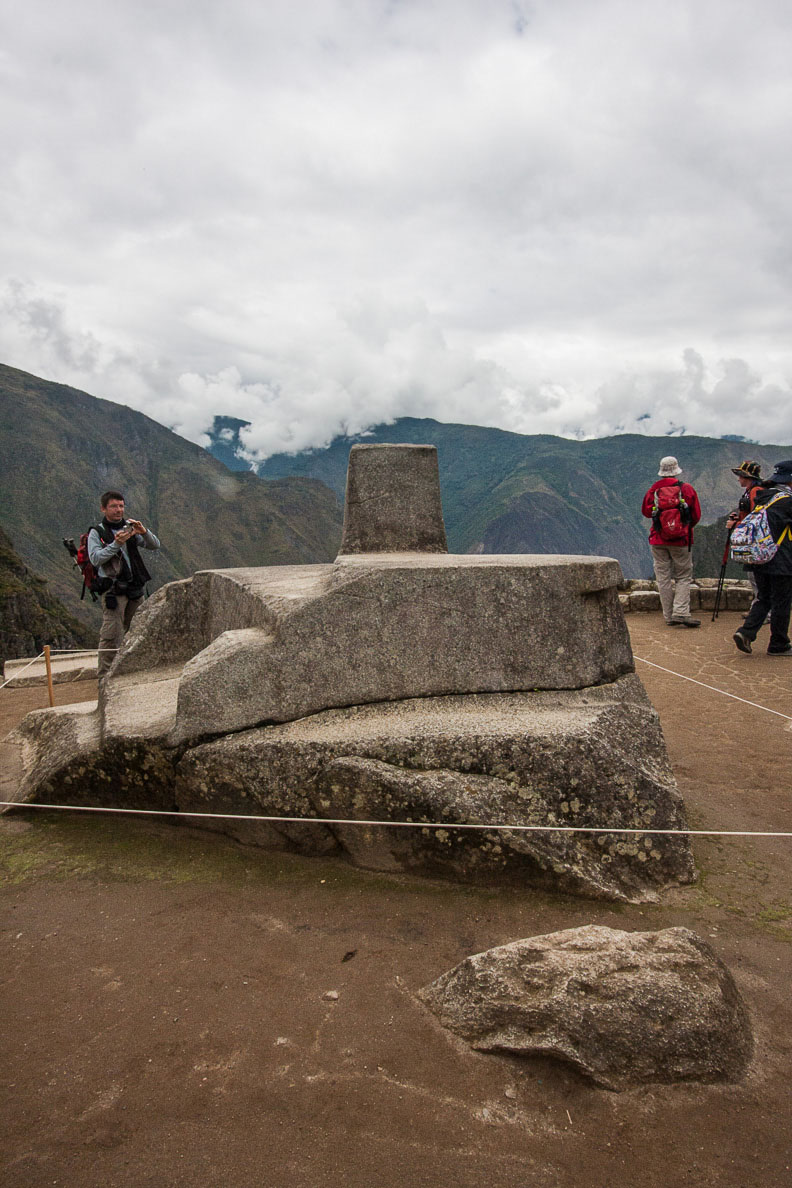
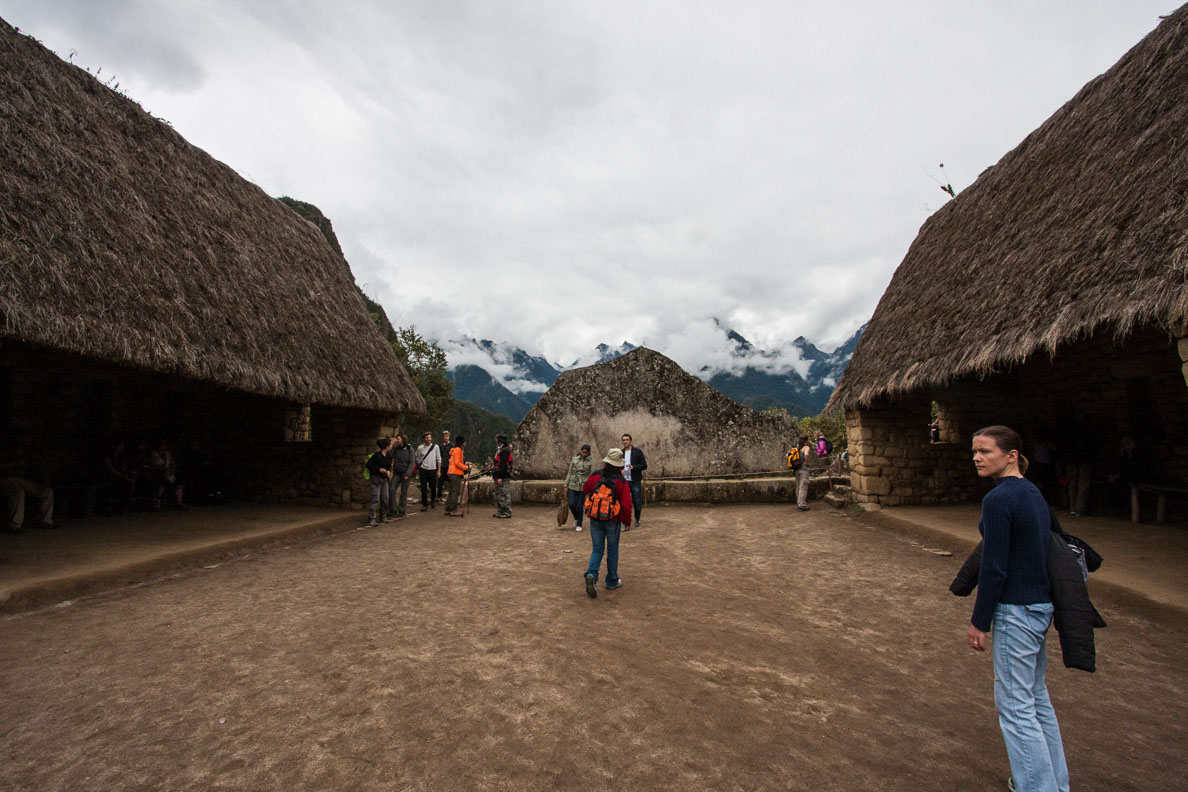
Did you know...
When the explorer Hiram Bingham III encountered Machu Picchu in 1911, he was looking for a different city, known as Vilcabamba. This was a hidden capital to which the Inca had escaped after the Spanish conquistadors arrived in 1532. Over time it became famous as the legendary Lost City of the Inca. Bingham spent most of his life arguing that Machu Picchu and Vilcabamba were one and the same, a theory that wasn’t proved wrong until after his death in 1956. (The real Vilcabamba is now believed to have been built in the jungle about 50 miles west of Machu Picchu.)
